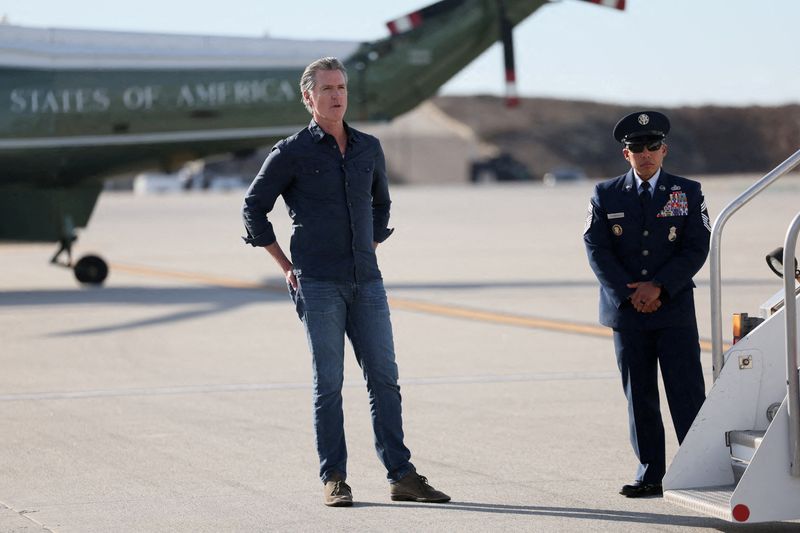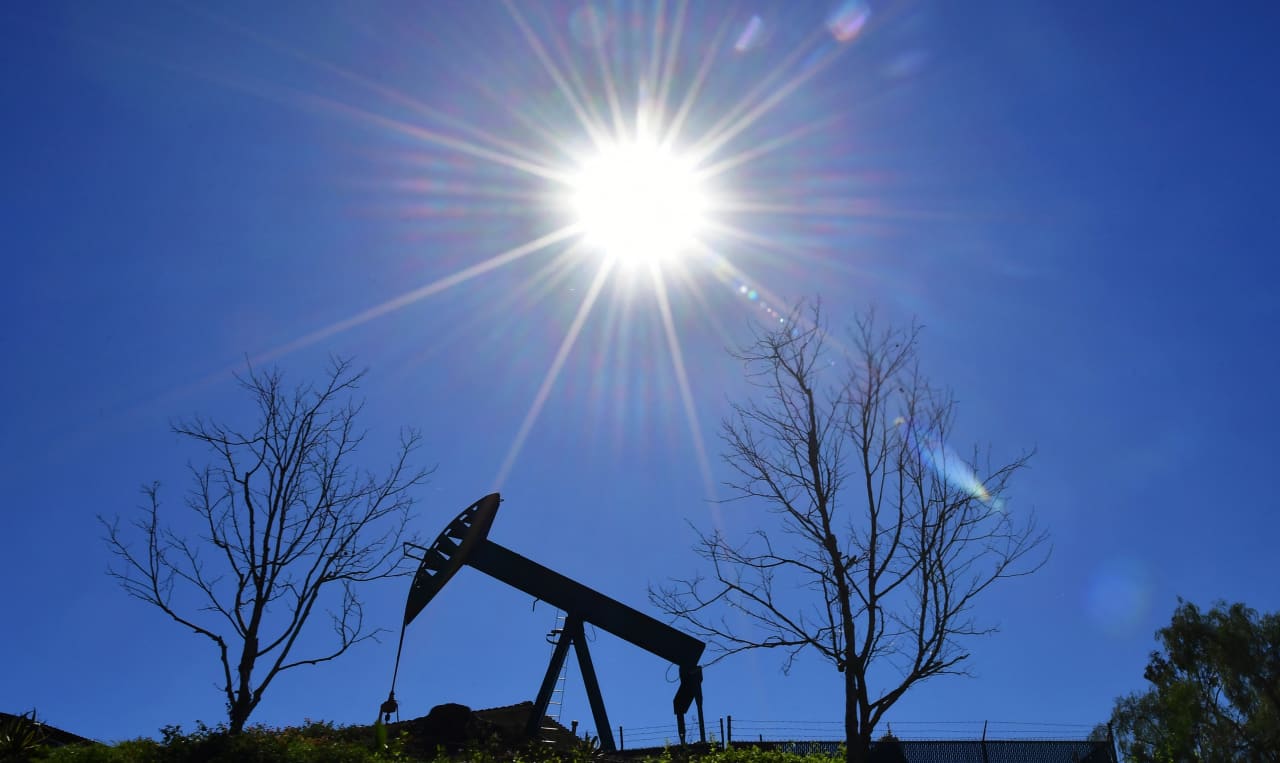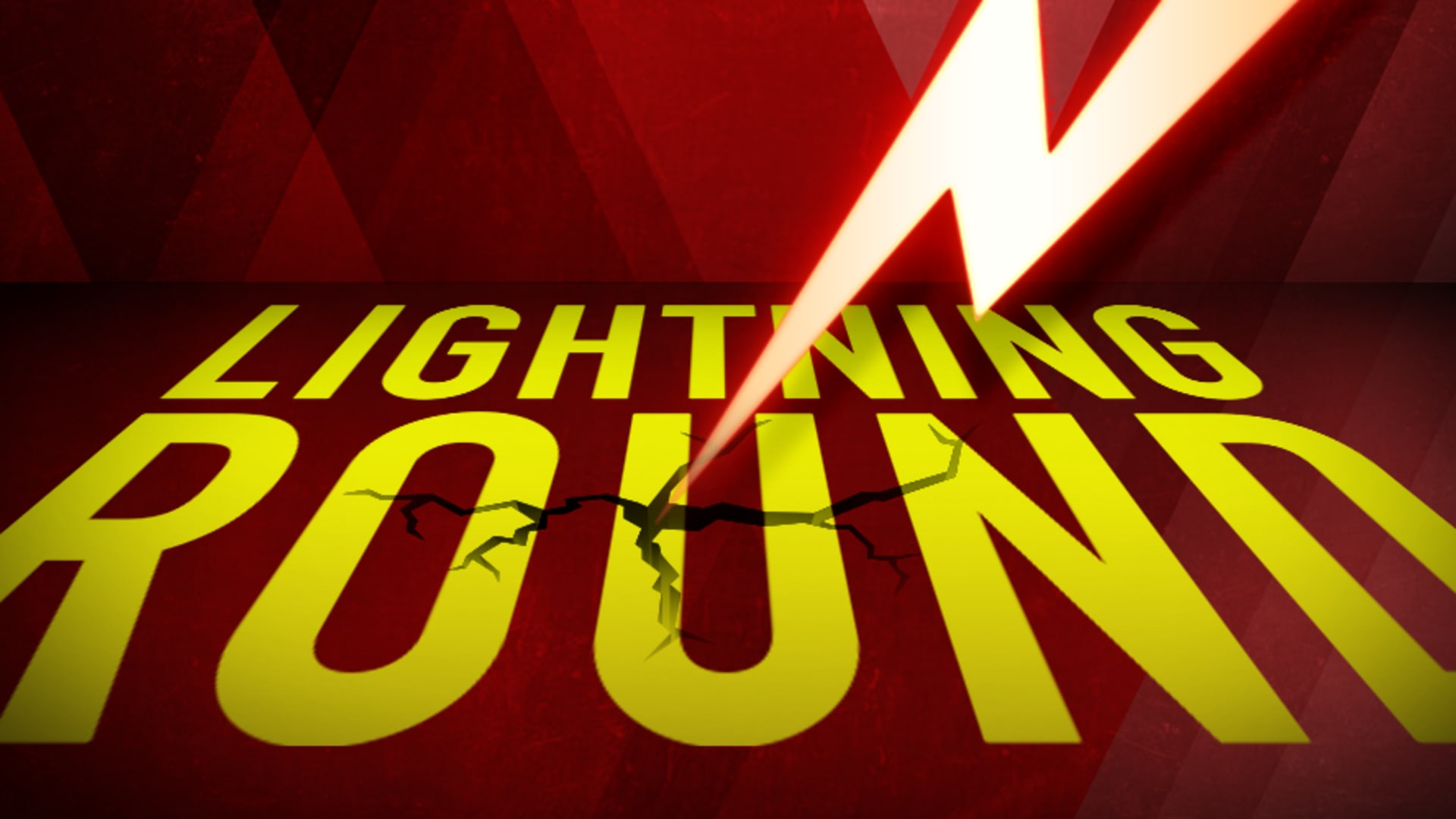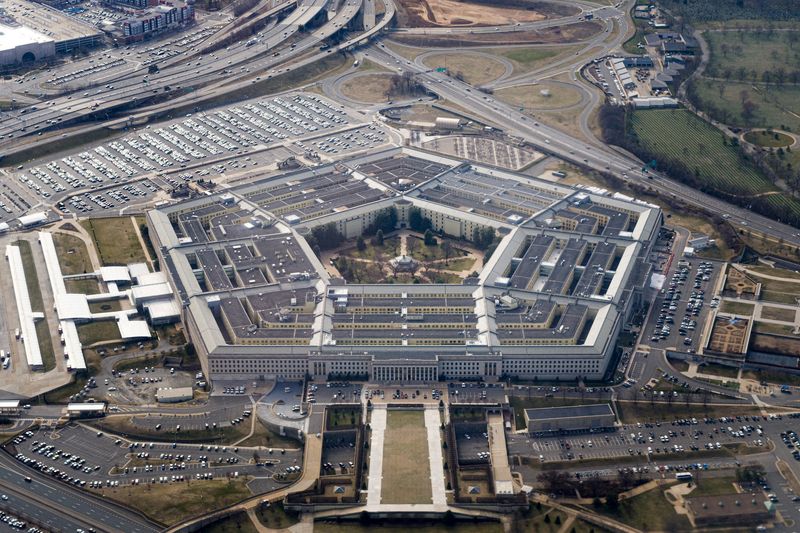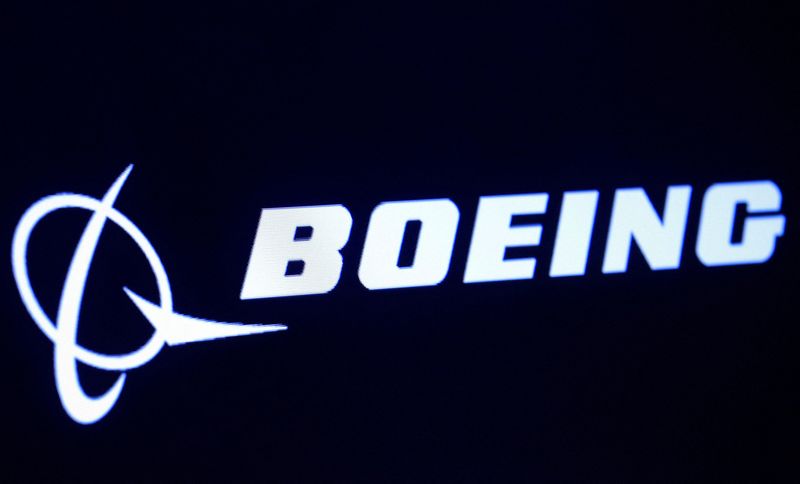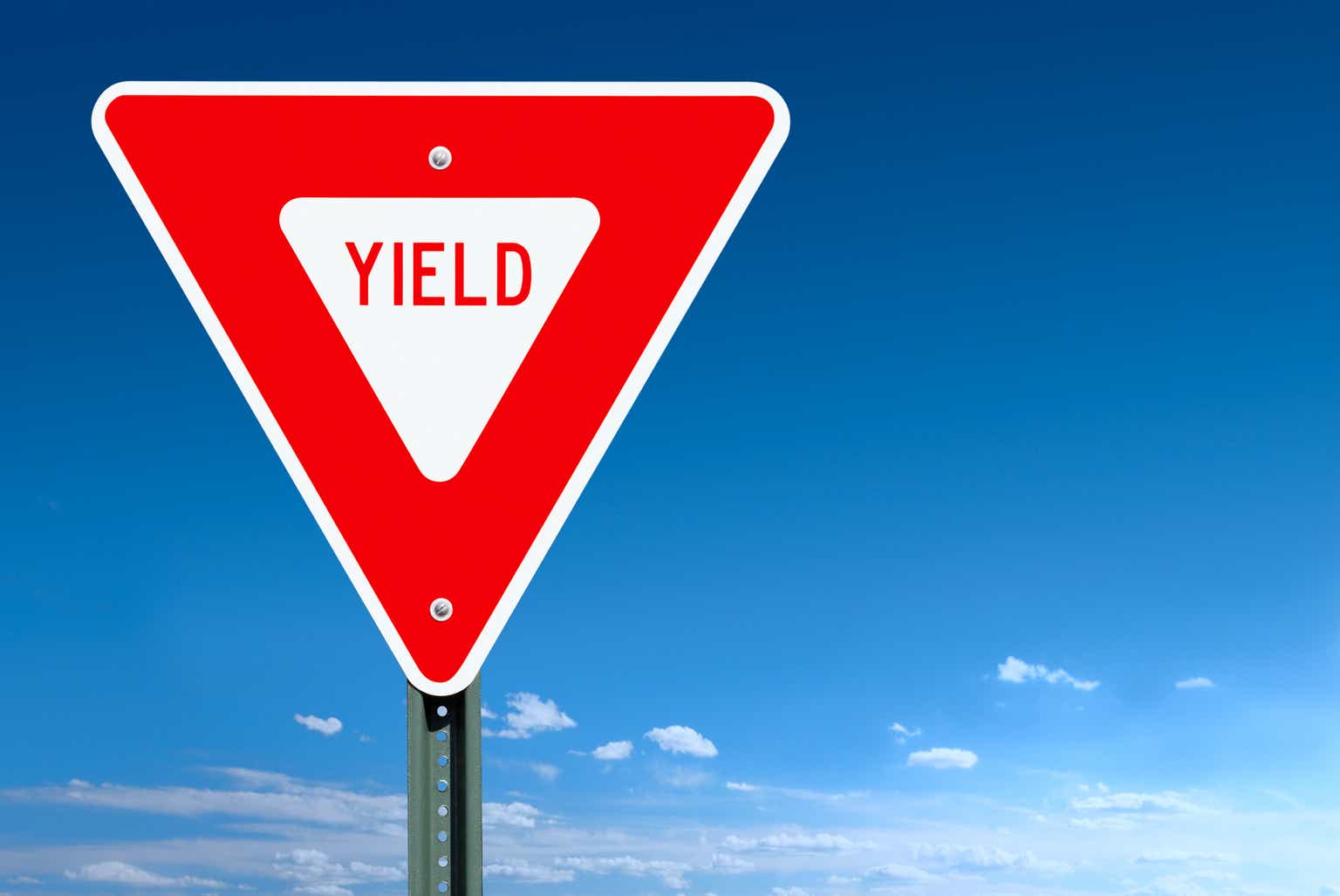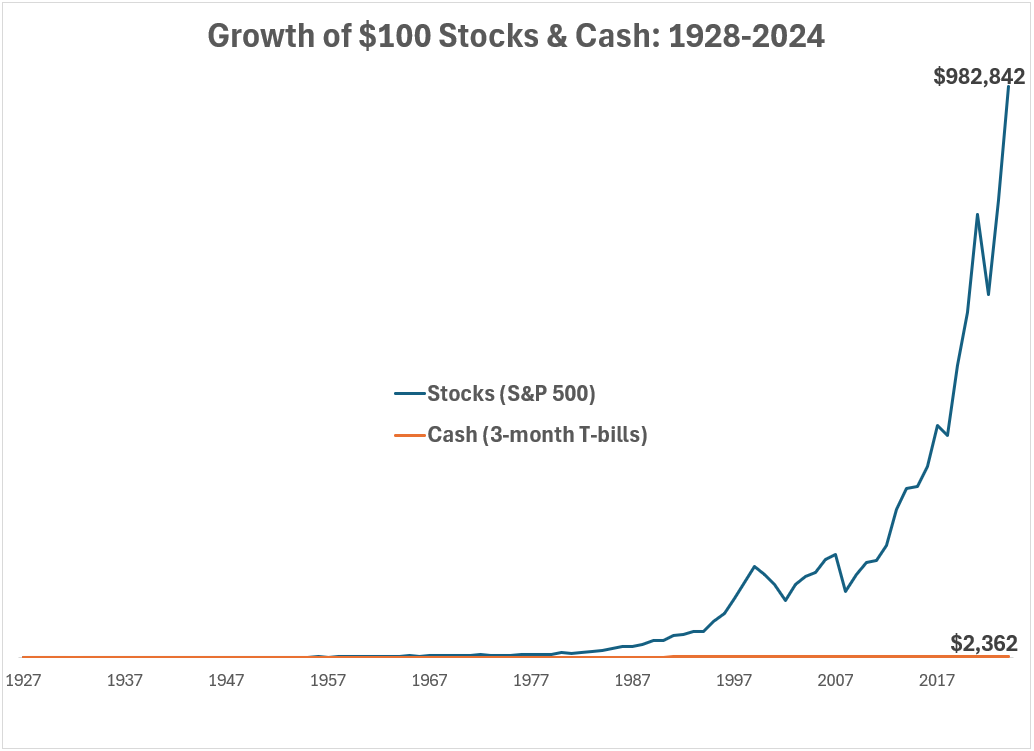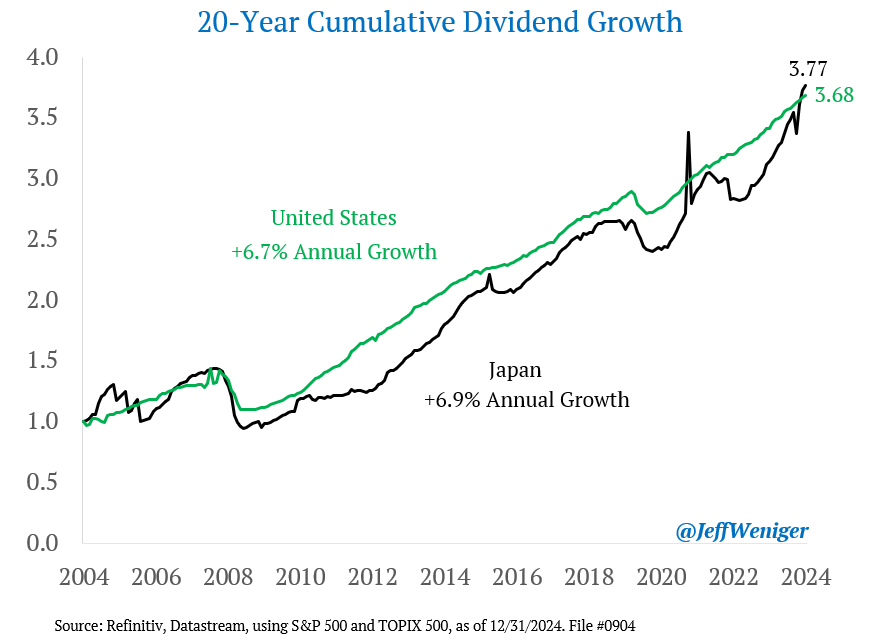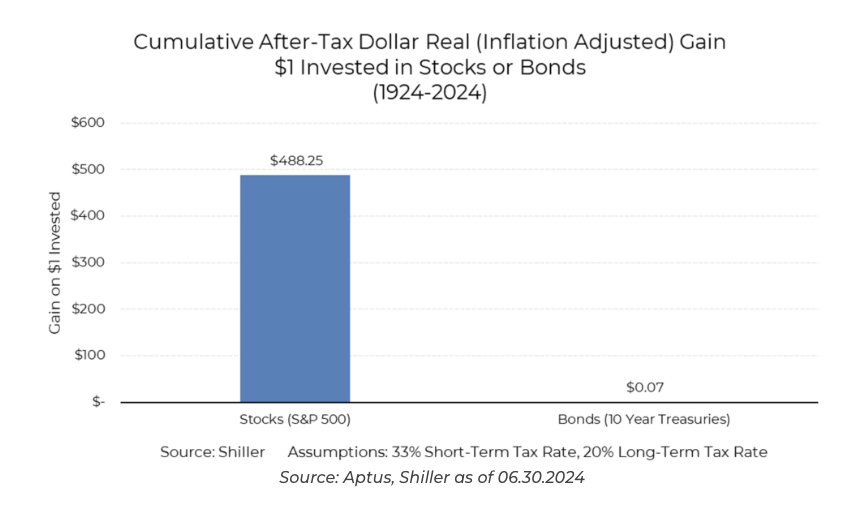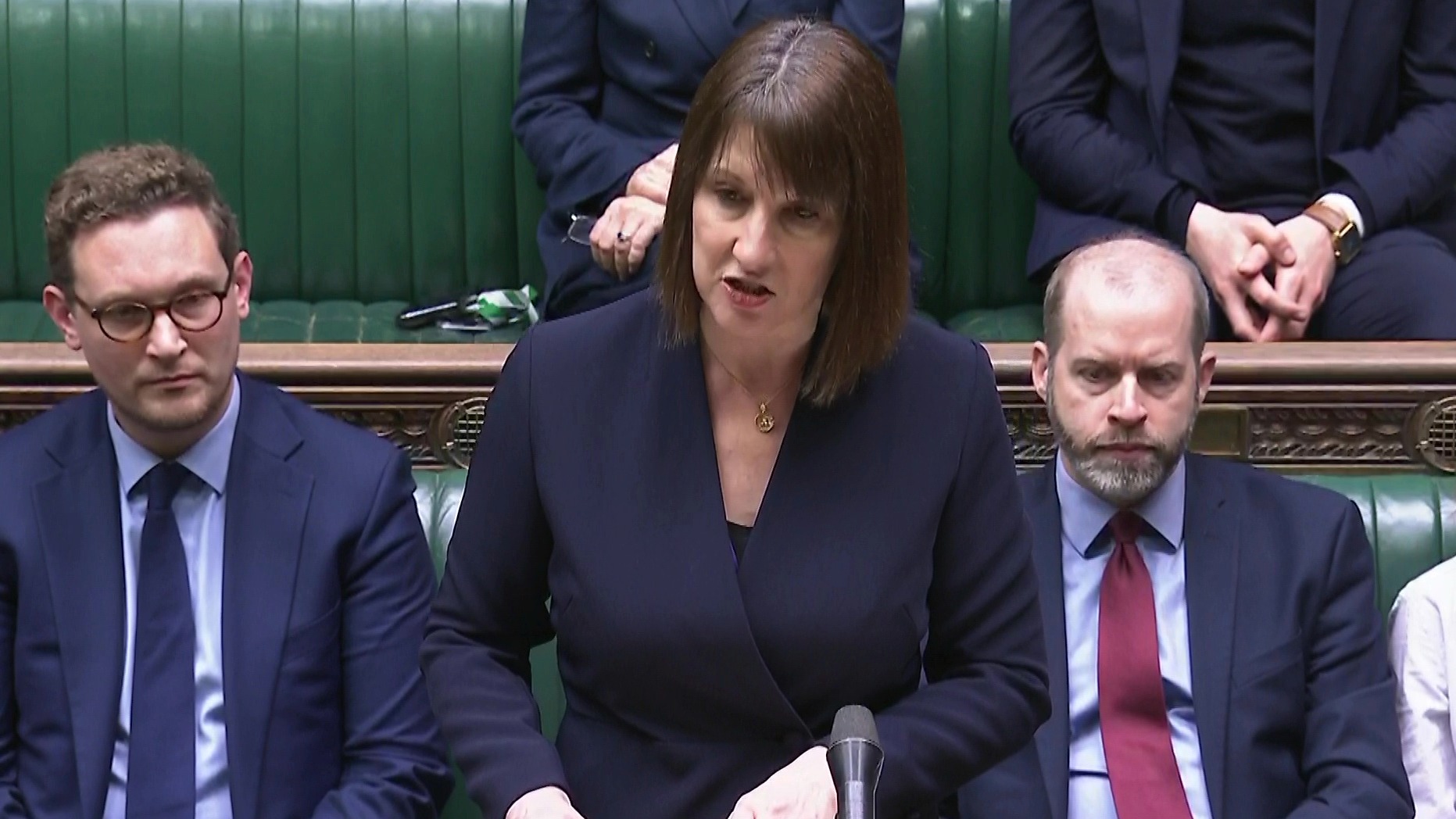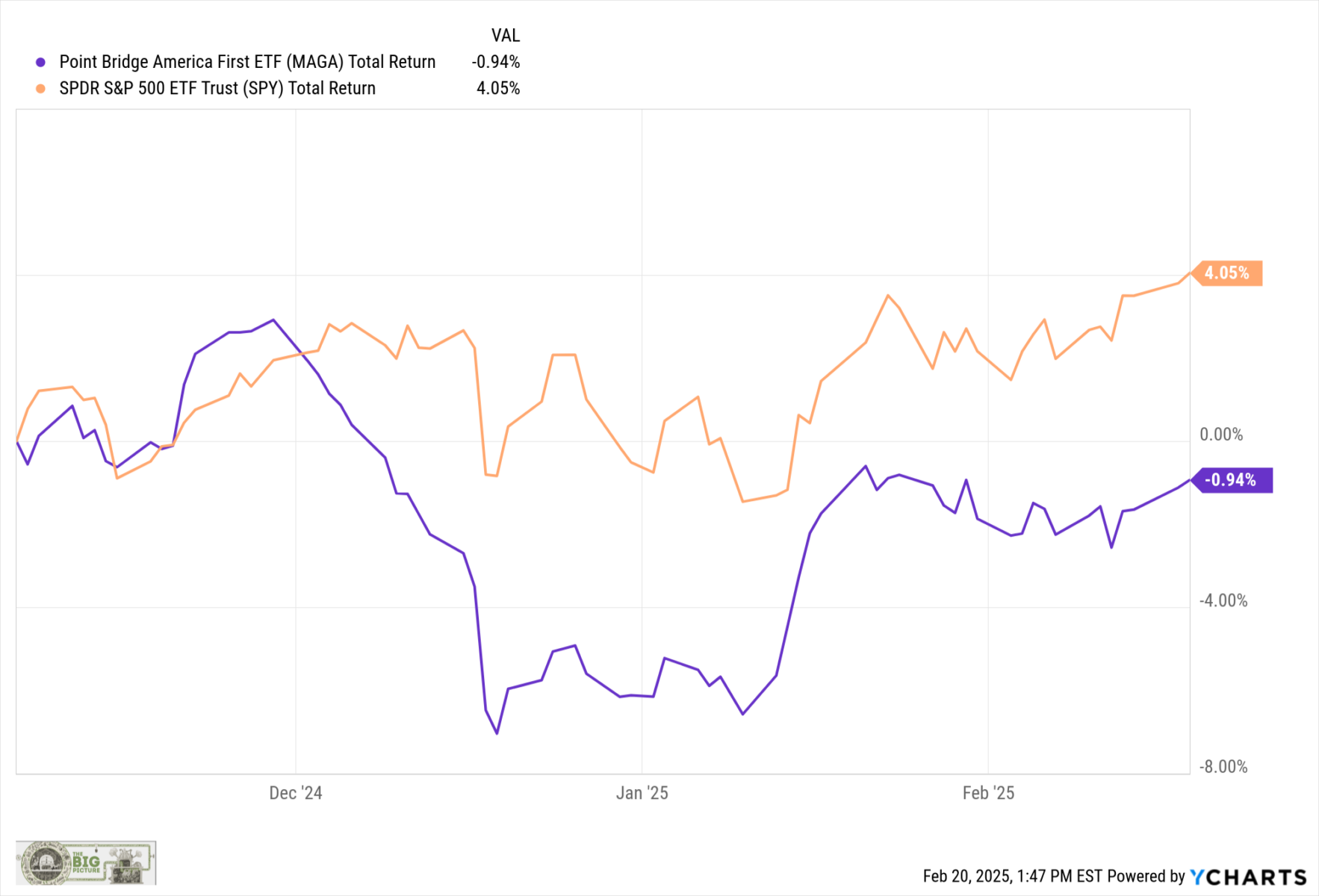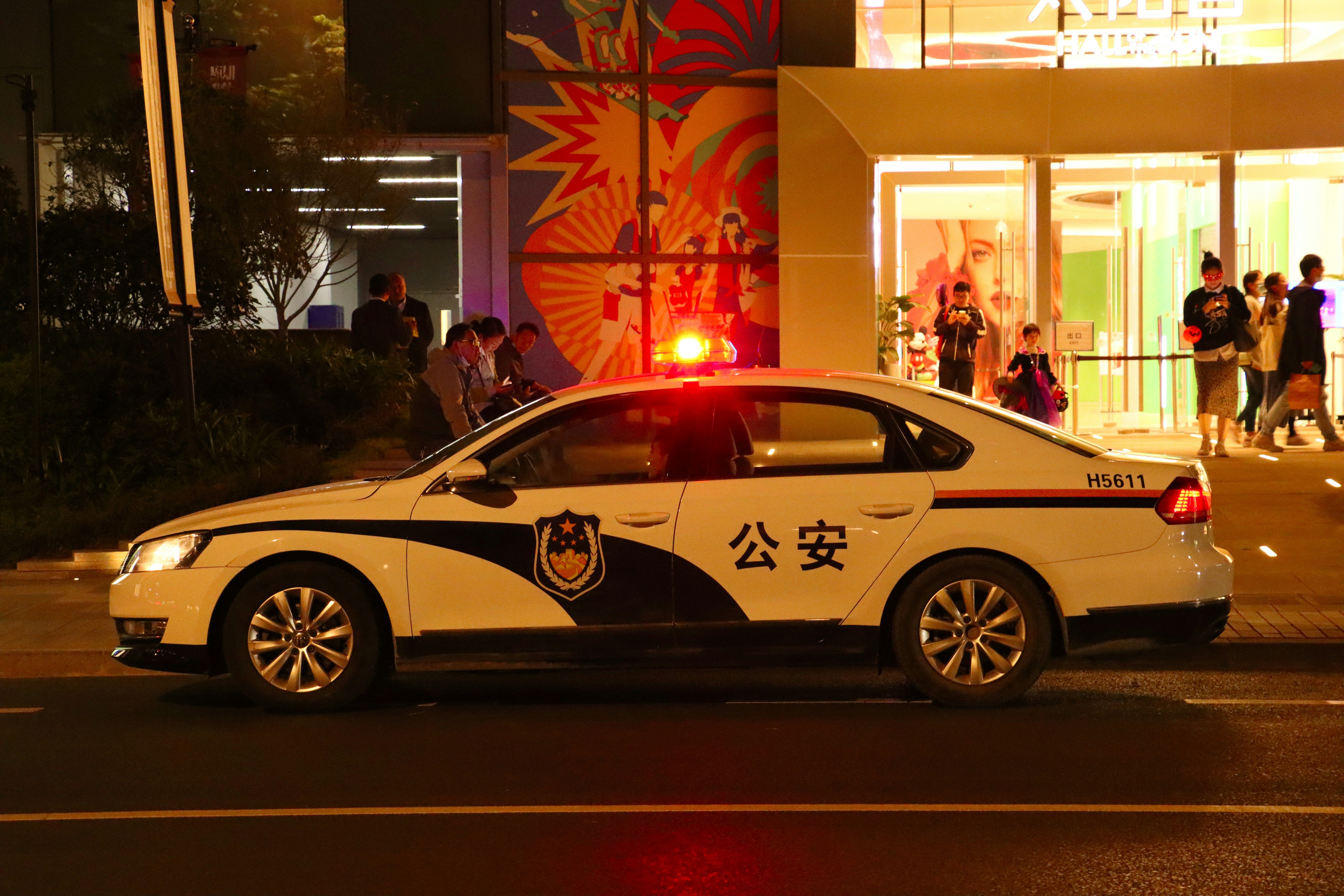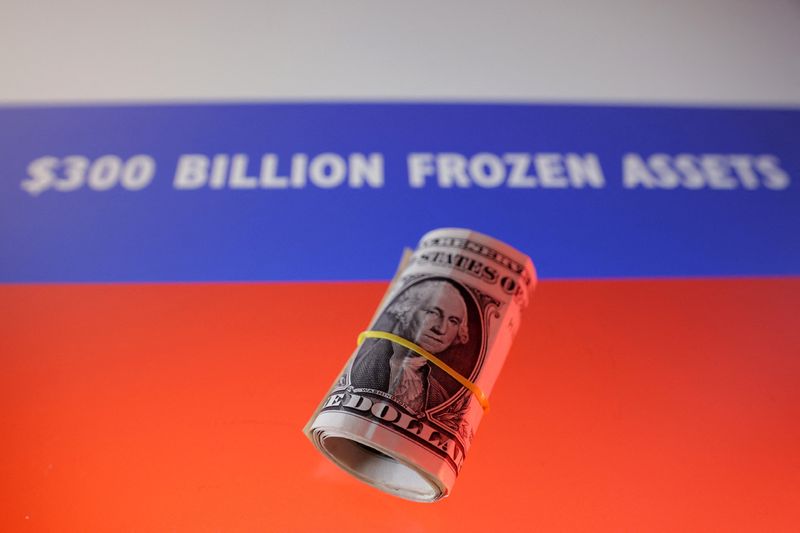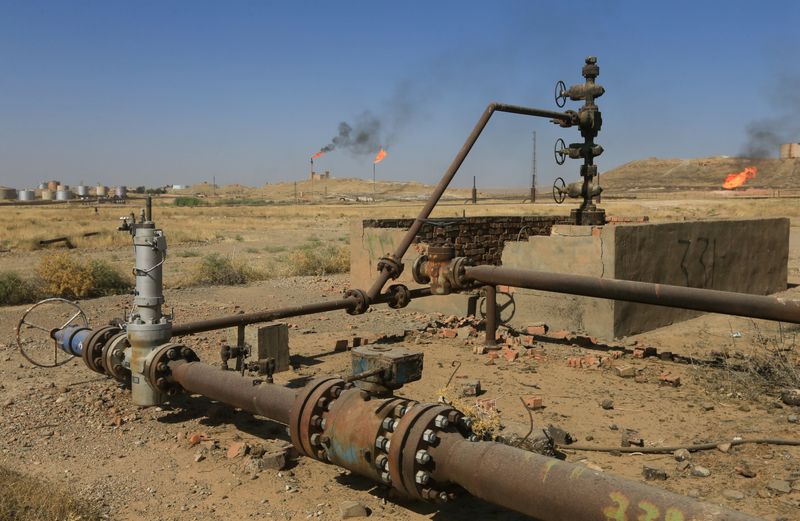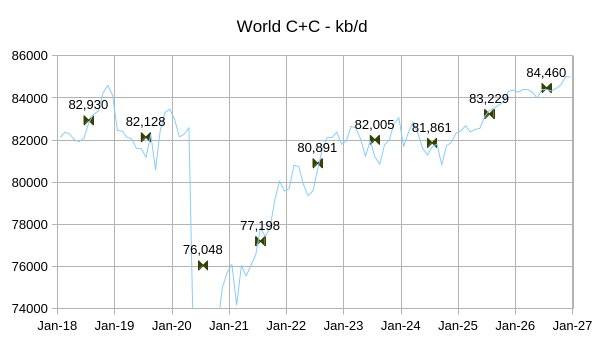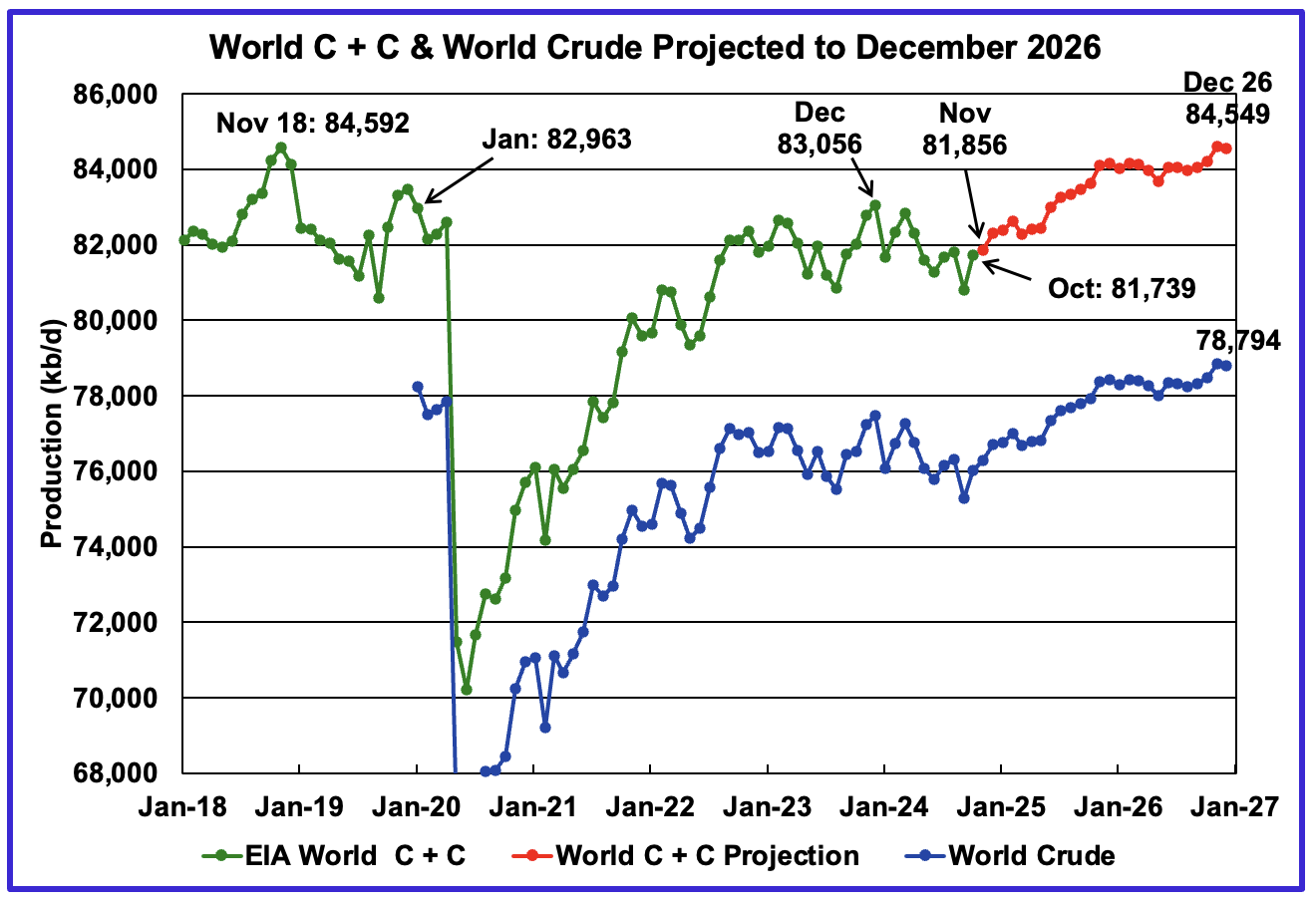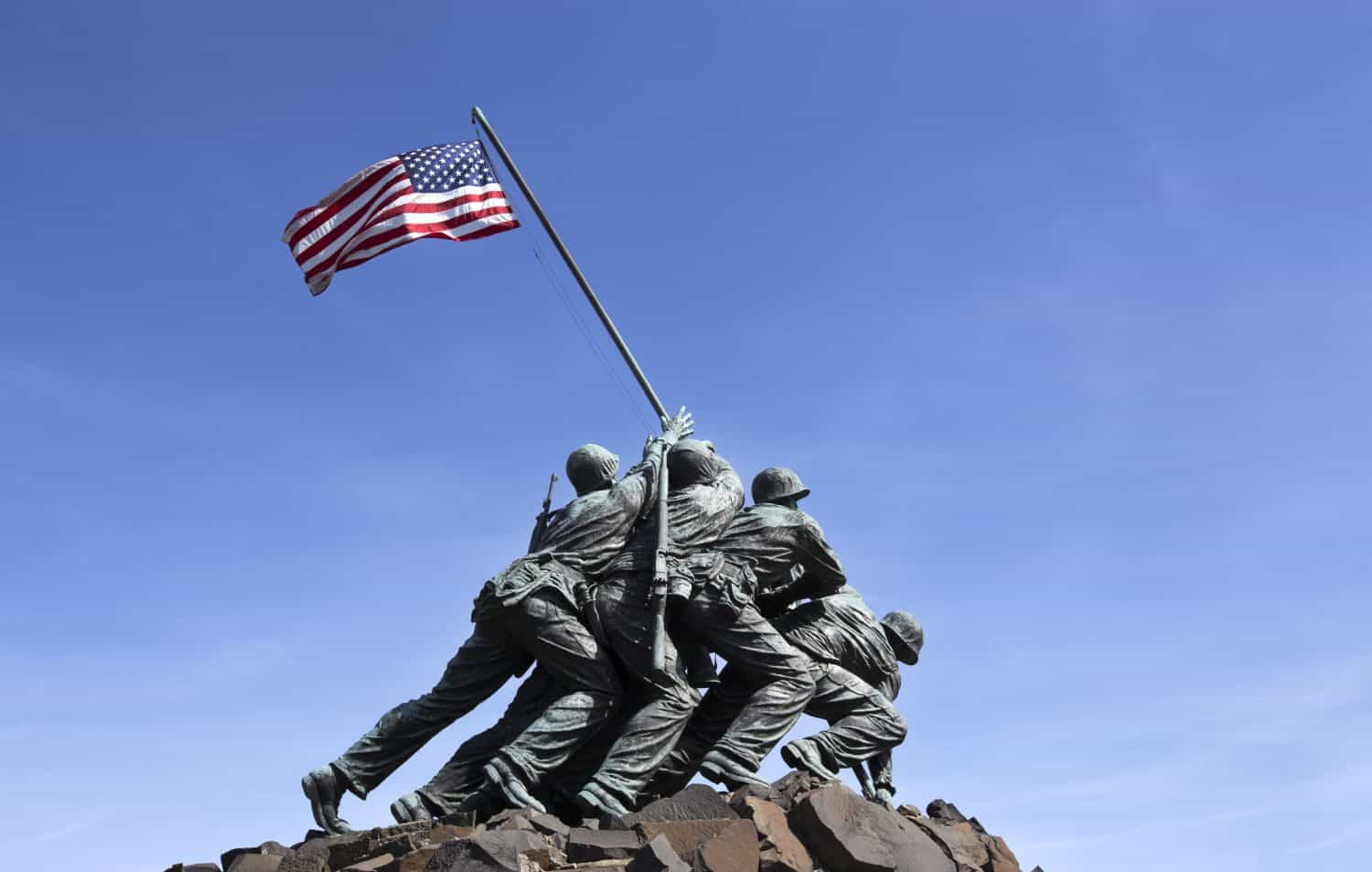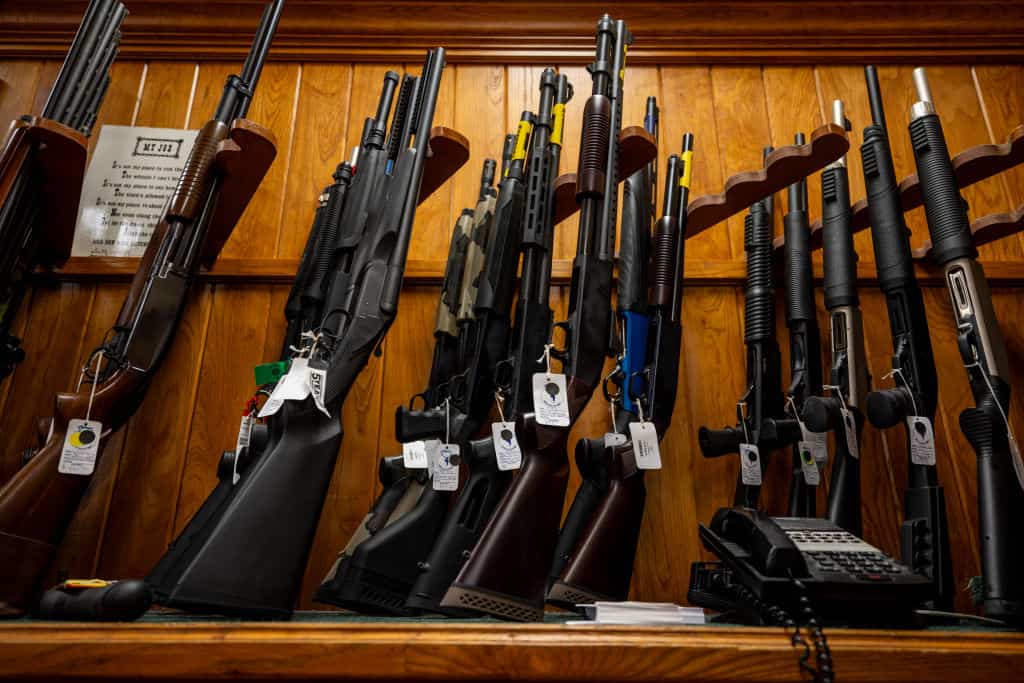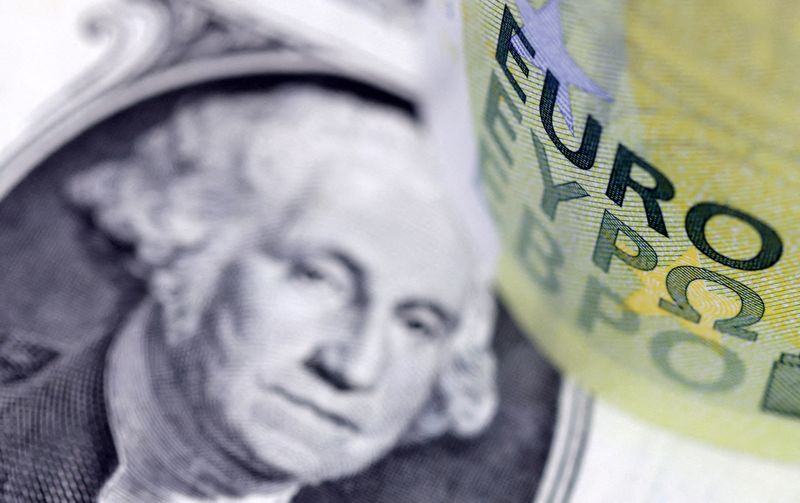These Middle Eastern Countries Have the Strongest Fighter Aircraft Fleets: Ranked
Relations between Iran and Russia are growing more friendly by the day, signaling potential concerns for the rest of the region. After signing a Comprehensive Strategic Partnership Treaty, Iran’s Islamic Revolutionary Guard Corps Gen. Ali Shadmani announced that Tehran would acquire several Russian Sukhoi SU-35 fighter jets — though the exact number of jets acquired […] The post These Middle Eastern Countries Have the Strongest Fighter Aircraft Fleets: Ranked appeared first on 24/7 Wall St..
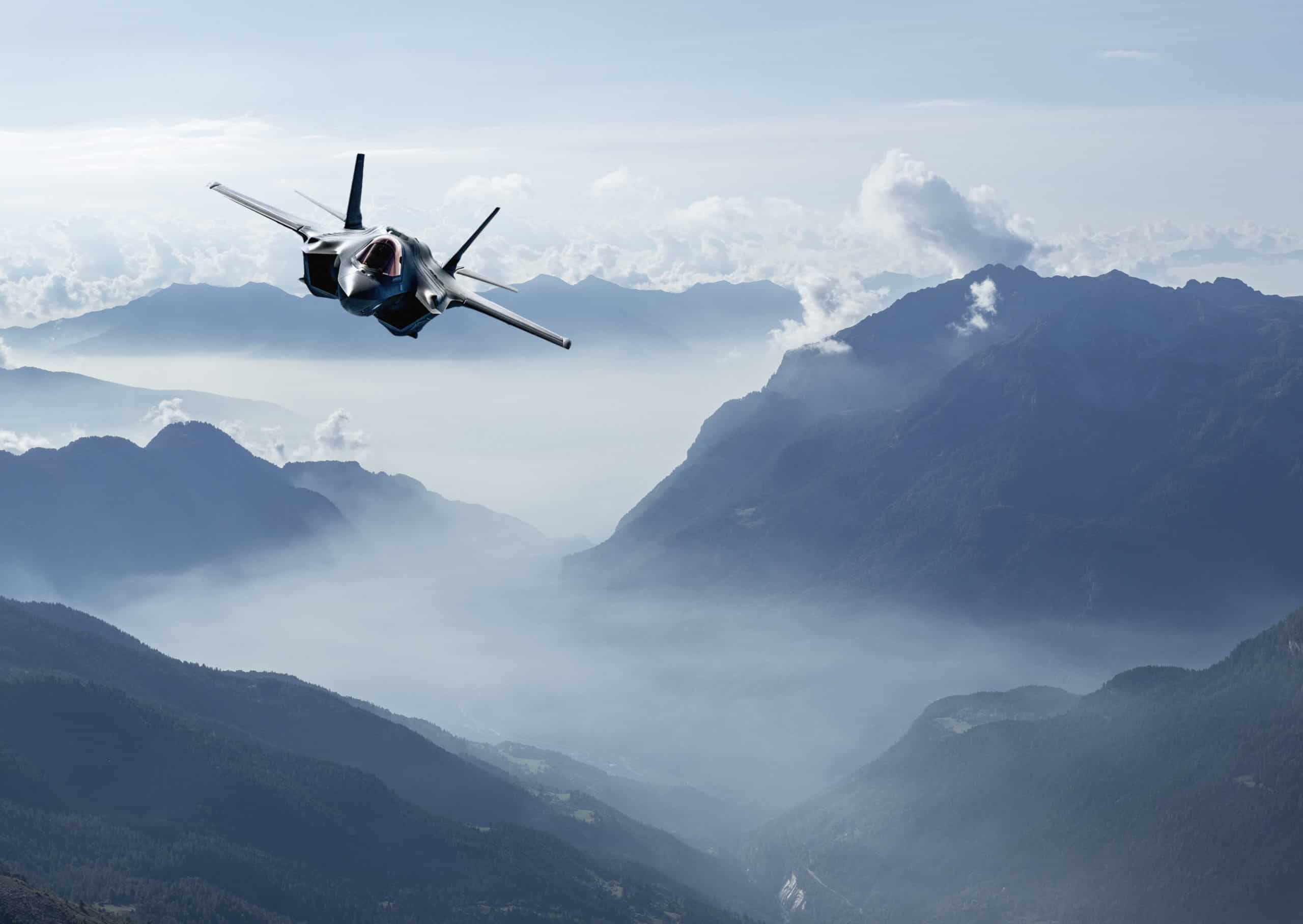
Relations between Iran and Russia are growing more friendly by the day, signaling potential concerns for the rest of the region. After signing a Comprehensive Strategic Partnership Treaty, Iran’s Islamic Revolutionary Guard Corps Gen. Ali Shadmani announced that Tehran would acquire several Russian Sukhoi SU-35 fighter jets — though the exact number of jets acquired was not named. Iran, which had a number of jets destroyed through various conflicts with Israel, believes that the Sukhoi SU-35 addtions to its fleet will significantly enhance Iran’s defensive capabilities. This is especially important given the rising levels of tension in the Middle East. Many countries are looking to develop as a greater world power — and are not afraid to deploy military strength to do so. As tensions continue to brew between different countries, our world is also increasingly leaning towards multiple wars, so countries are trying to build their air forces in preparation. (Take a closer look at the wars brewing in the Middle East.)
Here, 24/7 Wall St. is taking a closer look at the fighter jet fleets of the Middle East. To determine the Middle Eastern countries with the most fighter aircraft, 24/7 Wall St. reviewed the 2024 military strength report from Global Firepower, an annually updated defense-related statistics website with information on 145 countries. We ranked these countries according to which countries have the most of these aircraft. We included supplemental information regarding each country’s current air force and overall military strength ranking. Nations that did not have any attack aircraft were excluded. It should be noted that the classification of fighter aircraft generally refers to aircraft that are primarily designated for air-to-air combat and interception. These aircraft typically carry lighter payloads than attack or strike aircraft, and different armament as well. However, in recent years as aircraft have become more advanced, these lines between strike and fighter aircraft have become blurred because of the multirole capabilities that many of these jets possess. Again, 24/7 Wall St. is going off the primary designation of these aircraft according to Global Firepower.
Why Are We Covering This?
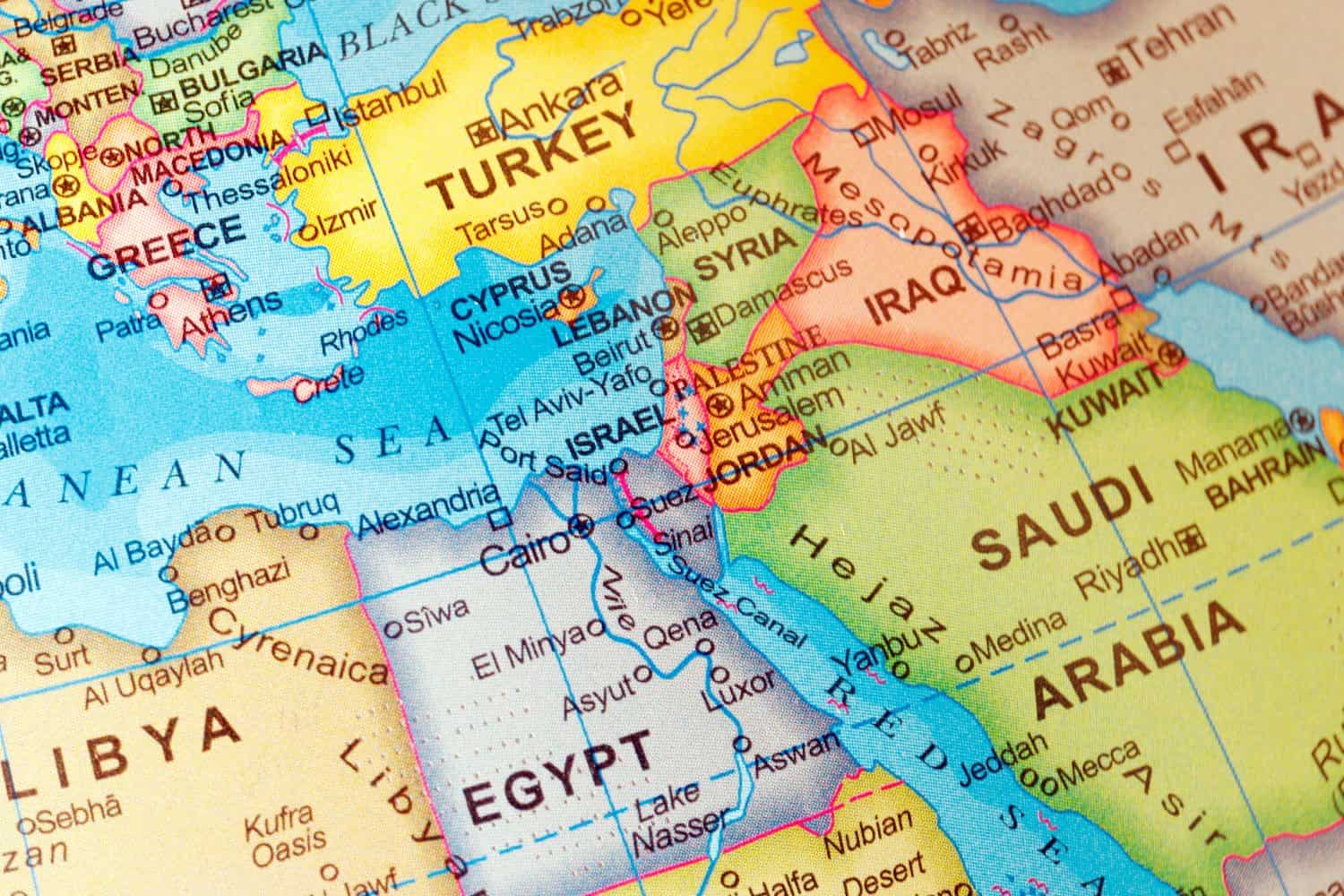
The Middle East is known for its historcal and ongoing geopolitical tensions. For decades, the Middle East has been shaped by conflicts, religious divisions, and territorial disputes, making it a hotspot for conflict. Understanding the military dynamics in the area is essential, and provides stronger insight into how the region is developing and what threats might be upcoming in the future: for example, Iran’s growing influence or the strategic role of Israel. The military forces in this region heavily influence global security and energy markets.
These are the Middle Eastern countries with the most fighter aircraft:
15. Bahrain
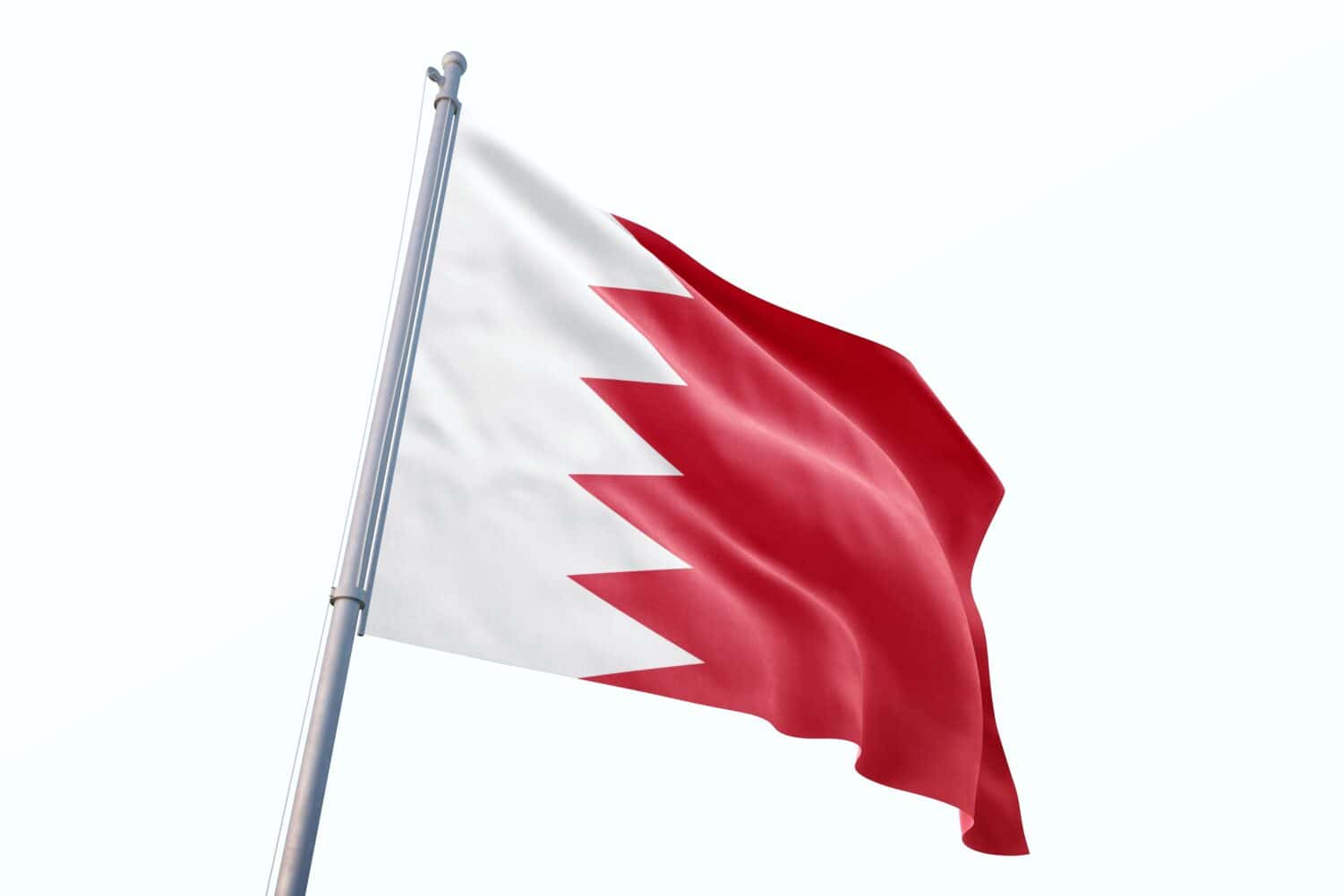
- Total fighter and interceptor aircraft: 18
- Total strike and attack aircraft: 0
- Total helicopters: 74
- Total attack helicopters: 28
- Total military aircraft: 120
- Ground Forces: 2,598 military vehicles (including 180 tanks, 64 artillery units, and 17 MLRS units)
- Active-Duty Personnel: 18,400 (out of total population of 1.6 million)
- Military strength score and world rank: 1.7163 – #86 out of 145
Bahrain is one of the lesser-known countries in the Middle East, and many people can’t find it on a map. It has a much less tumultuous military history than its neighbors, but still occupies a strategic position in the Persian Gulf.
Looking back, this island nation was occupied by the Portuguese in the 16th century but later fell under Persian and then Ottoman control. In the 19th century, Bahrain was a British protectorate, which significantly bolstered its military and foreign policy. However, the country would gain independence in 1971 and establish its own military and national defense forces. Bahrain has maintained ties with Western powers which have improved its military capabilities over the years, especially its naval power.
14. Iraq
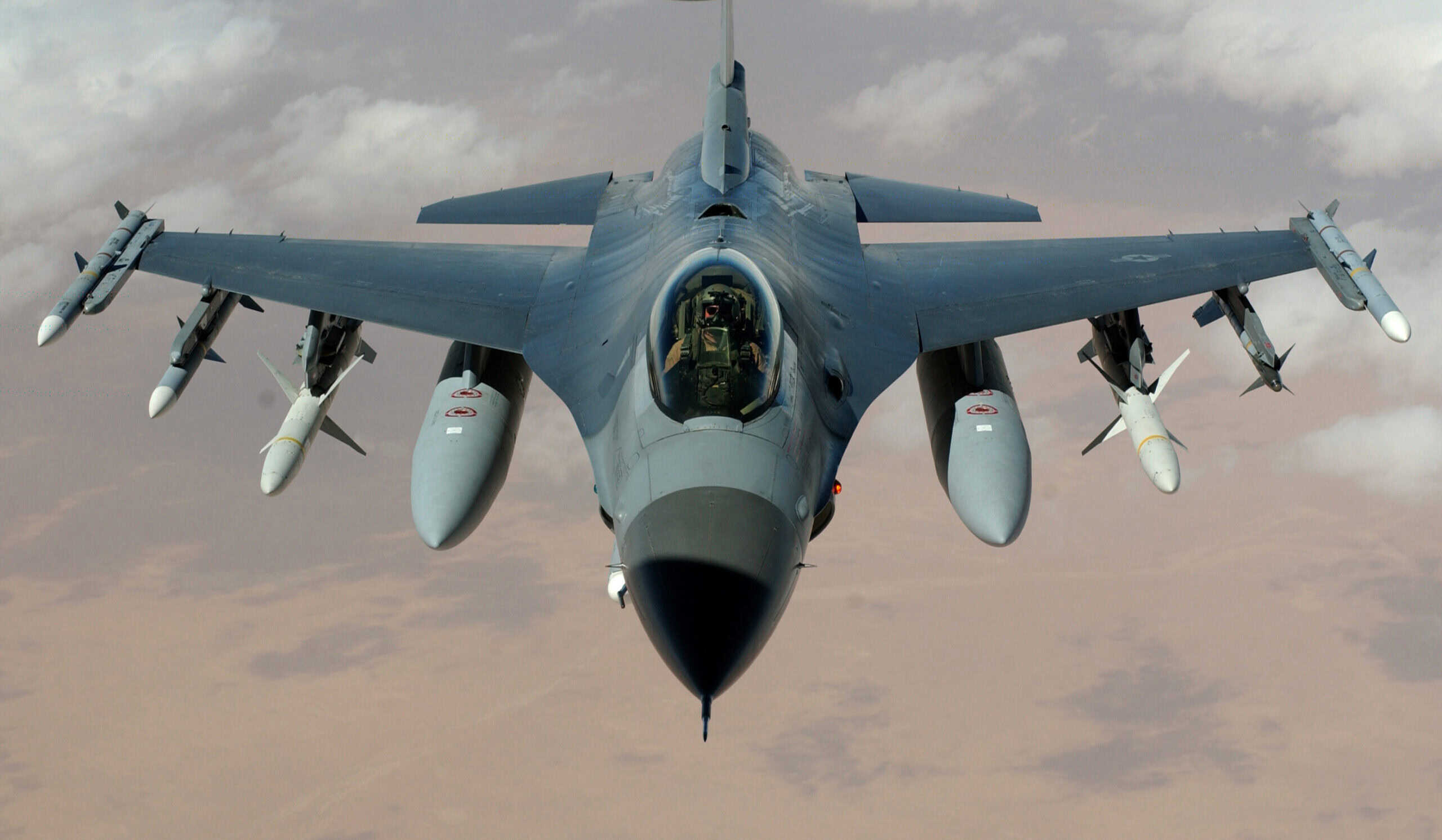
- Total fighter and interceptor aircraft: 26
- Total strike and attack aircraft: 35
- Total helicopters: 197
- Total attack helicopters: 40
- Total military aircraft: 371
- Ground Forces: 39,872 military vehicles (including 848 tanks, 1,727 artillery units, and 425 MLRS units)
- Active-Duty Personnel: 193,000 (out of total population of 41.3 million)
- Military strength score and world rank: 0.7441 – #45 out of 145
Iraq has been a country of contention in recent memory. Officially gaining independence in 1932 from the British, Iraq was still subject to Britain’s influence until the late 1950s.
The country was marked by the rule of Saddam Hussein who rose to power in 1979 with the Ba’ath Party. Hussein rapidly expanded the military during his time, even waging a war with Iran from 1980 to 1988. Saddam would later invade Kuwait in 1990, leading to the Gulf War. However, a U.S. led invasion in 2003 would ultimately topple the dictator and create instability within the country as well as the formation of multiple insurgent factions to the new government. Currently, Iraq is in the state of rebuilding its military to deal with internal threats.
13. Oman
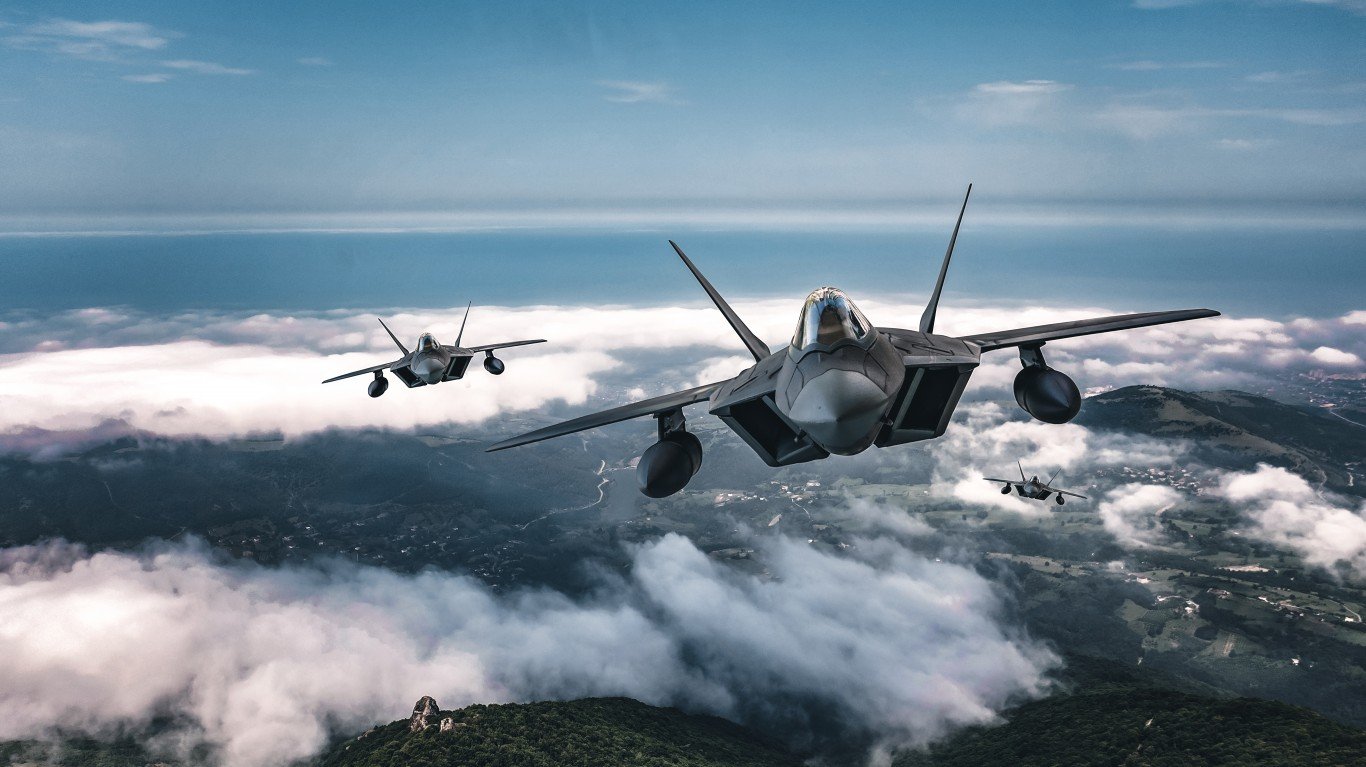
- Total fighter and interceptor aircraft: 29
- Total strike and attack aircraft: 10
- Total helicopters: 31
- Total attack helicopters: 0
- Total military aircraft: 128
- Ground Forces: 5,019 military vehicles (including 154 tanks and 165 artillery units)
- Active-Duty Personnel: 42,600 (out of total population of 3.8 million)
- Military strength score and world rank: 1.4448 – #78 out of 145
Oman was a powerful empire in the 17th and 18th centuries, with colonies around the Indian Ocean and enough naval strength to back it up. This allowed the country to resist the Portuguese and the Persians.
In the 19th century, Oman saw a drastic leap in its military capabilities following an alliance with the British Empire. Ultimately, this alliance helped Oman modernize its forces and keep pace with the West. In more recent years, Oman has remained neutral in regional conflicts, instead focusing on its national defense and maintaining a fairly modern force.
12. Kuwait
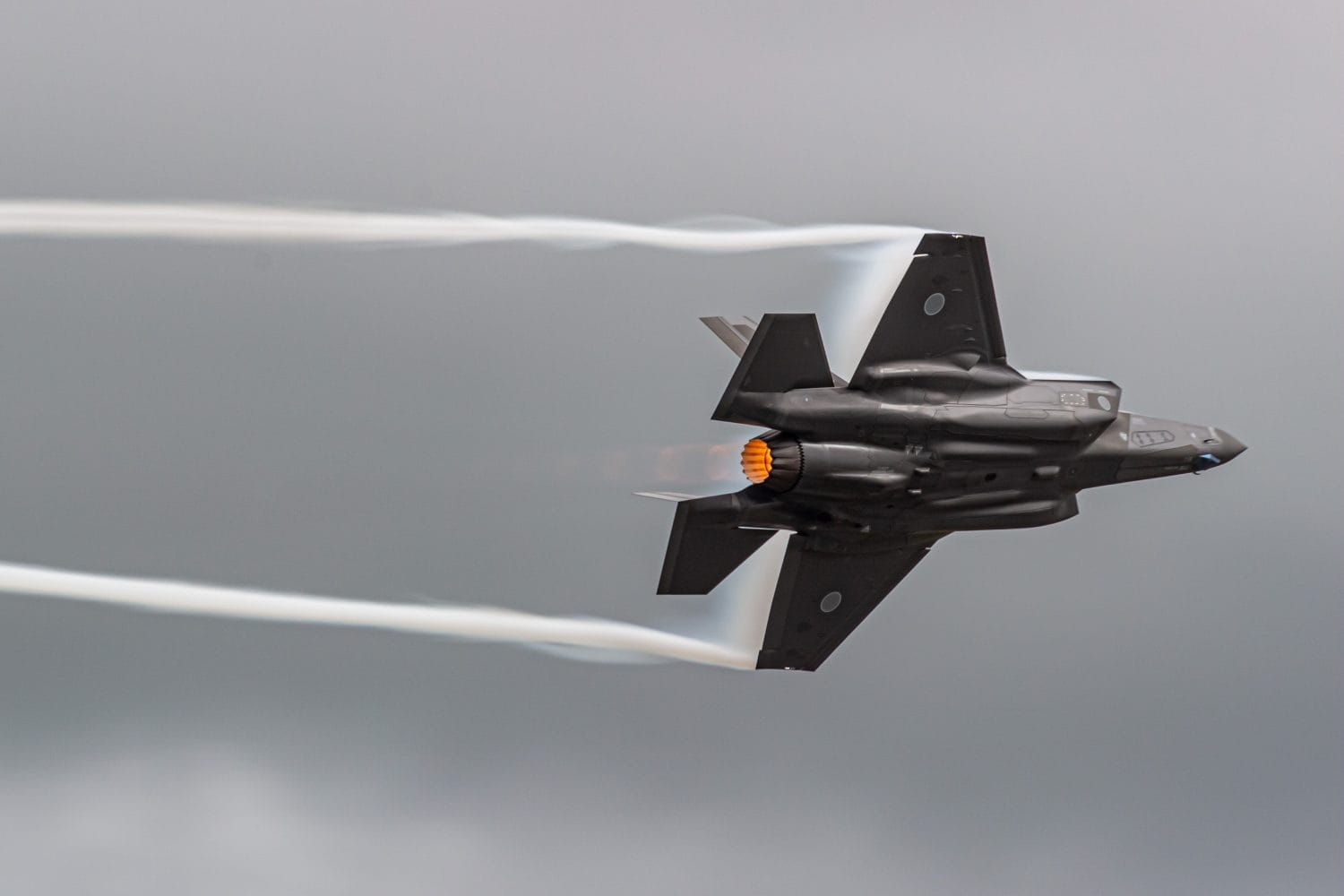
- Total fighter and interceptor aircraft: 36
- Total strike and attack aircraft: 0
- Total helicopters: 60
- Total attack helicopters: 16
- Total military aircraft: 144
- Ground Forces: 4,409 military vehicles (including 367 tanks, 74 artillery units, and 27 MLRS units)
- Active-Duty Personnel: 72,000 (out of total population of 3.1 million)
- Military strength score and world rank: 1.4261 – #77 out of 145
Kuwait’s location at the northern edge of the Persian Gulf has heavily influenced its military history over the years. The country was in the dominion of the Ottoman Empire before becoming a British protectorate in the early 20th century. Kuwait gained independence in 1961.
More recently, Kuwait was invaded by Iraq in 1990, which precipitated the Gulf War. Saddam Hussein’s push into Kuwait was largely driven by disputes over oil and debt. The international response from this served to liberate Kuwait, but Saddam was not removed from power for more than a decade.
11. Jordan
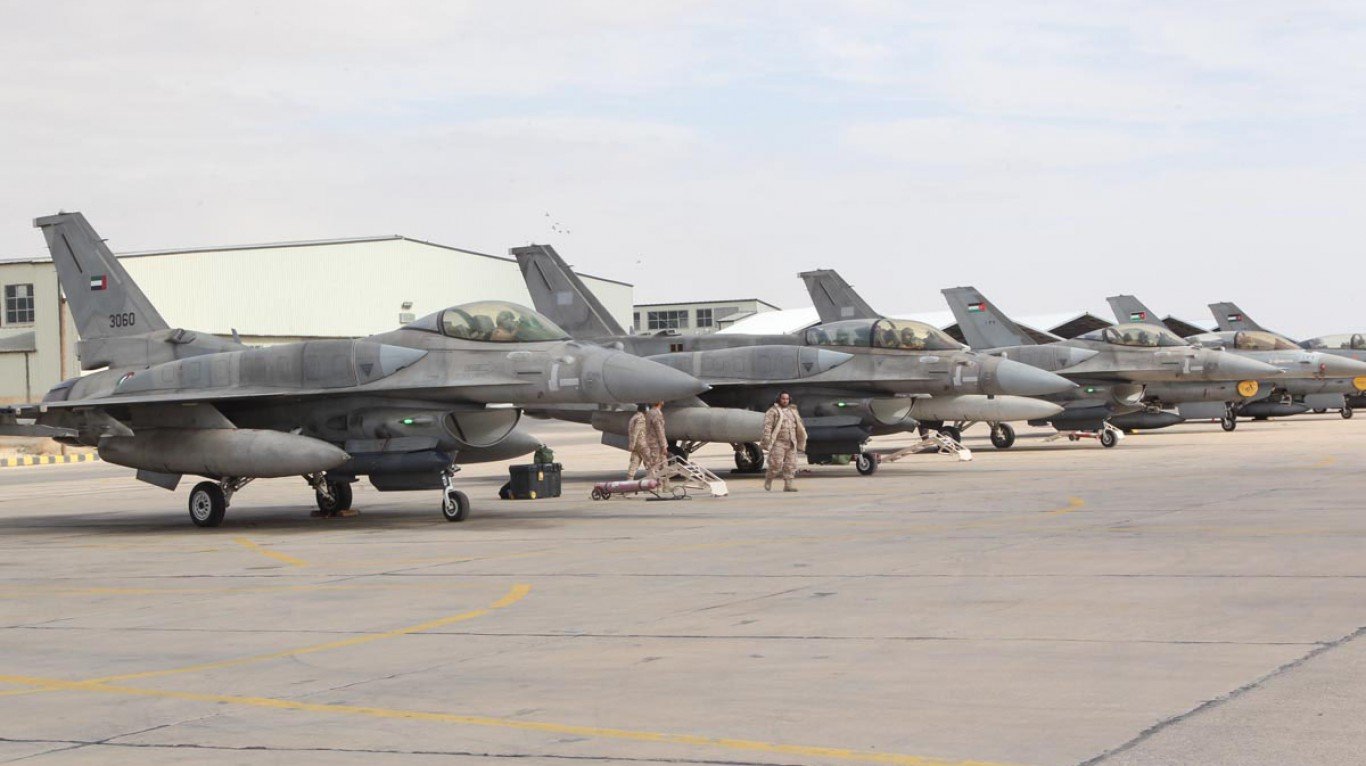
- Total fighter and interceptor aircraft: 44
- Total strike and attack aircraft: 6
- Total helicopters: 148
- Total attack helicopters: 43
- Total military aircraft: 265
- Ground Forces: 24,148 military vehicles (including 1,365 tanks, 283 artillery units, and 88 MLRS units)
- Active-Duty Personnel: 100,500 (out of total population of 11.1 million)
- Military strength score and world rank: 1.4651 – #80 out of 145
Jordan has a rich military history in a region that has been embroiled by conflict for decades. The Hashemite Kingdom of Jordan was established after World War I from the breaking of the Ottoman Empire. It would gain its full independence from Britain in 1946.
Within the last century, Jordan’s main military engagements have included conflicts with Israel, notably during the 1948 Arab-Israeli War and again in 1967 during the Six-Day War, where Jordan lost control of the West Bank. These conflicts ultimately shaped Jordan’s borders and its military strategies going forward.
Currently, Jordan maintains ties to Western powers that help with its military modernization efforts. Also, the country acts as a stabilizing power within the region, typically acting as a mediator in peace talks. It has also maintained a peace treaty with Israel since 1994.
10. Yemen
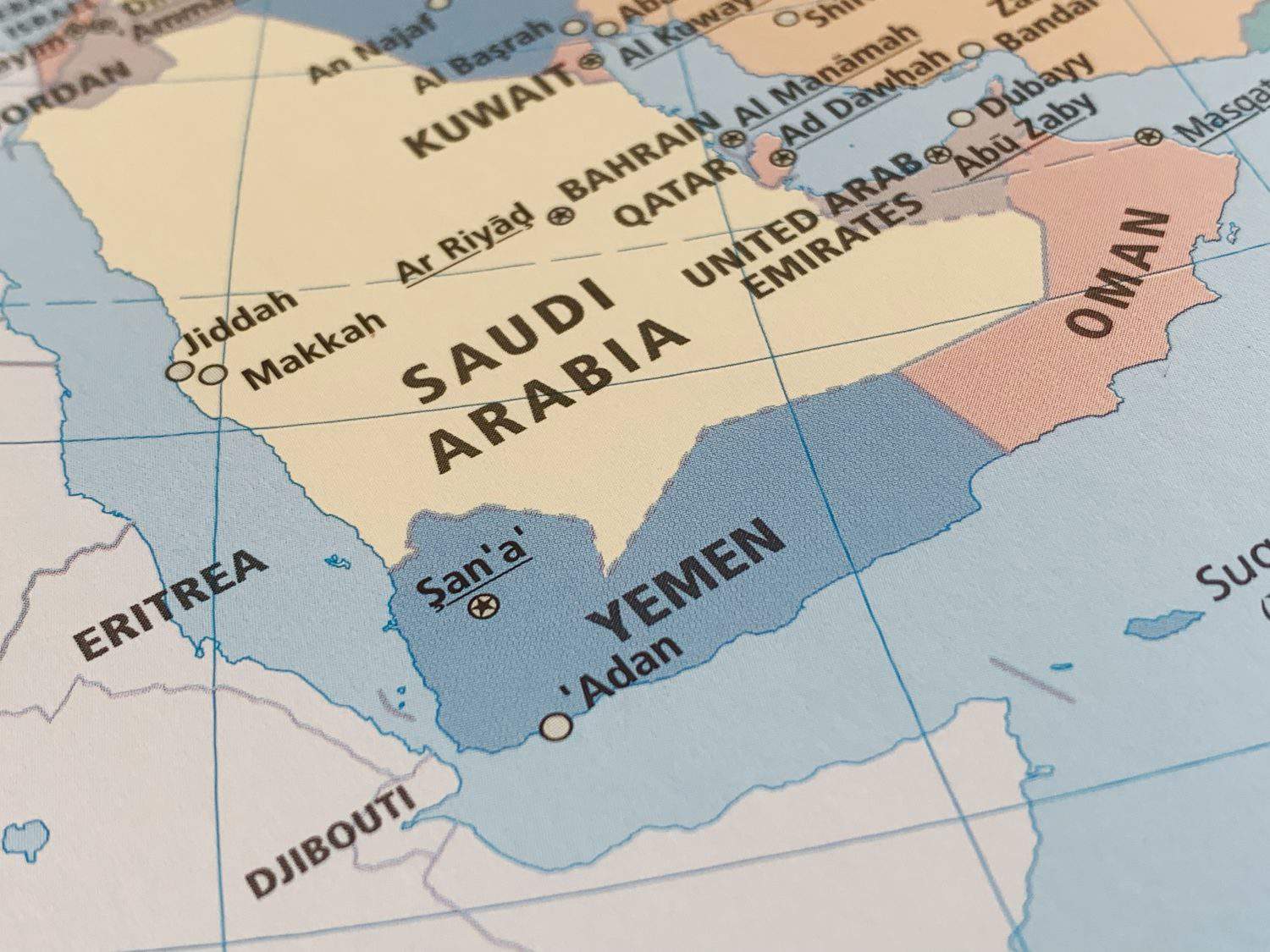
- Total fighter and interceptor aircraft: 53
- Total strike and attack aircraft: 23
- Total helicopters: 61
- Total attack helicopters: 14
- Total military aircraft: 177
- Ground Forces: 4,800 military vehicles (including 55 tanks, 26 artillery units, and 13 MLRS units)
- Active-Duty Personnel: 66,700 (out of total population of 31.6 million)
- Military strength score and world rank: 1.4692 – #81 out of 145
Yemen is currently a warzone. The country has been in a civil war since 2014, while this conflict is fairly complex in terms of the breakdown, there is a religious aspect that simplifies it along Sunni and Shia lines. Also, countries like Saudi Arabia and Iran have been involving themselves in providing weapons or aid to the opposing factions.
9. Qatar
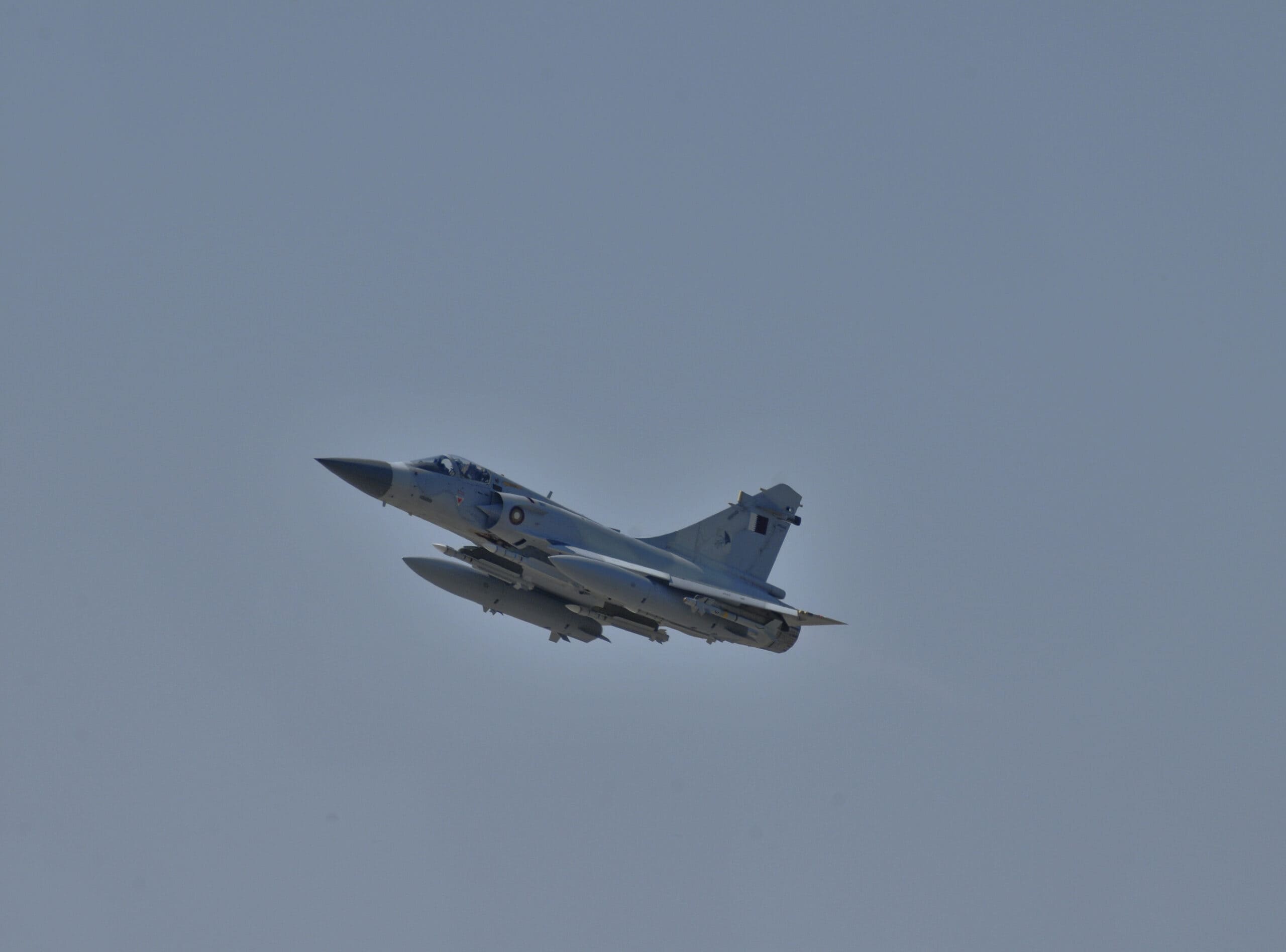
- Total fighter and interceptor aircraft: 92
- Total strike and attack aircraft: 6
- Total helicopters: 67
- Total attack helicopters: 24
- Total military aircraft: 228
- Ground Forces: 5,544 military vehicles (including 99 tanks, 58 artillery units, and 16 MLRS units)
- Active-Duty Personnel: 66,550 (out of total population of 2.5 million)
- Military strength score and world rank: 1.0789 – #63 out of 145
Qatar’s military history is largely shaped by its strategic position on the Arabian Peninsula, and its substantial natural gas and oil reserves. Since its independence from Britain in 1971, Qatar has rapidly modernized its military. This modernization has only ramped up as the country has gained much more economic power from the oil and gas trade.
It has procured advanced military technology from the U.S., France, and other nations, including state-of-the-art aircraft like the F-15 and Rafale jets. Qatar has also made moves to develop a naval force to protect its extensive coastline as well as its oil and gas interests.
8. United Arab Emirates
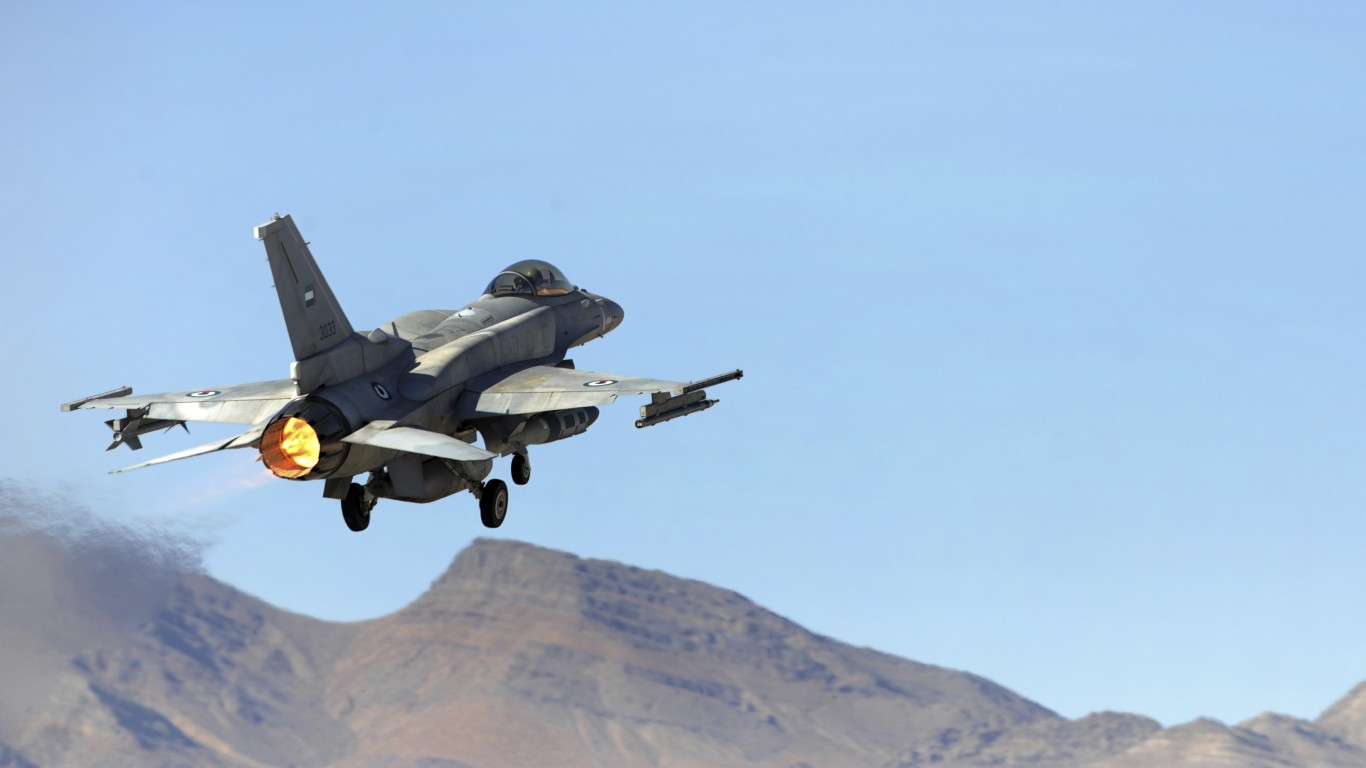
- Total fighter and interceptor aircraft: 99
- Total strike and attack aircraft: 18
- Total helicopters: 246
- Total attack helicopters: 30
- Total military aircraft: 560
- Ground Forces: 12,253 military vehicles (including 354 tanks, 282 artillery units, and 162 MLRS units)
- Active-Duty Personnel: 65,000 (out of total population of 10 million)
- Military strength score and world rank: 0.8083 – #51 out of 145
The United Arab Emirates has a relatively brief but really dynamic military history. The country was formed in 1971 when 7 emirates combined forces, focusing on building a nation with a strong military geared towards advanced technology and modernization. The U.S. and France are the main sellers of this tech to the UAE, and in turn, the UAE has been involved in regional operations in the Gulf War, Yemen, and against ISIS.
The UAE’s power extends further beyond its relatively small territory in the Persian Gulf. In fact, the country has been projecting power abroad where it has established military bases in the Horn of Africa and beyond.
7. Syria
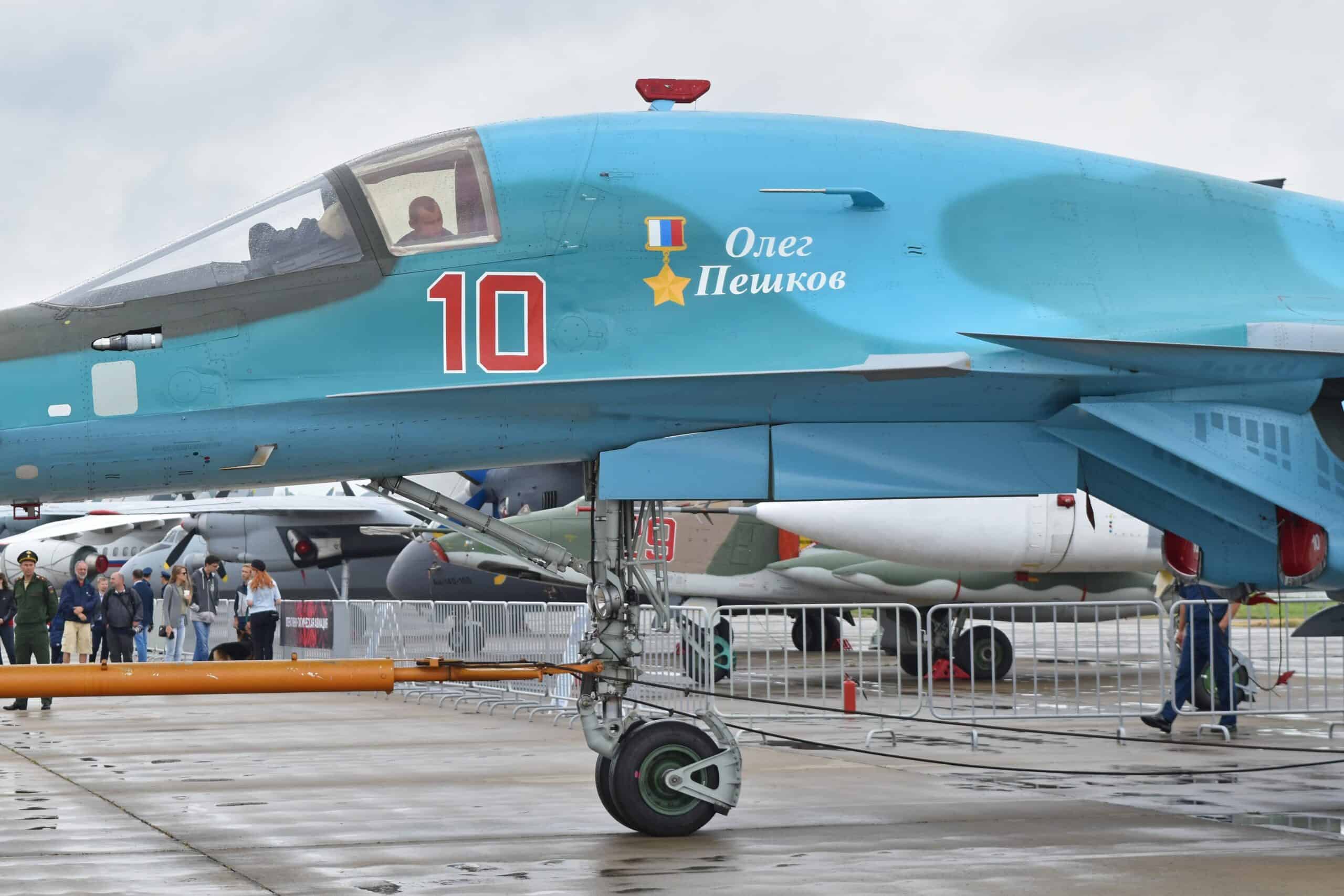
- Total fighter and interceptor aircraft: 168
- Total strike and attack aircraft: 57
- Total helicopters: 153
- Total attack helicopters: 27
- Total military aircraft: 452
- Ground Forces: 14,550 military vehicles (including 2,720 tanks, 2,695 artillery units, and 614 MLRS units)
- Active-Duty Personnel: 170,000 (out of total population of 22.9 million)
- Military strength score and world rank: 1.0026 – #60 out of 145
Syria’s military history is marked by its strategic location, which has made it a point of contention for regional and international conflicts. Historically Syria has been part of major empires due to its position between the Mediterranean and the Arab world.
The country gained independence from France in 1946, and since then it has been involved in several wars with Israel and the Lebanese Civil War.
The most recent chapter in Syria’s military history began in 2011 with the Syrian Civil War, which was brought on by Arab Spring protests. This was hotly contested by multiple factions including ISI, Kurdish forces, as well as foreign military powers like Russia and the U.S., Turkey and others. Recent moves have brought into question what the future of the country will look like.
6. Iran
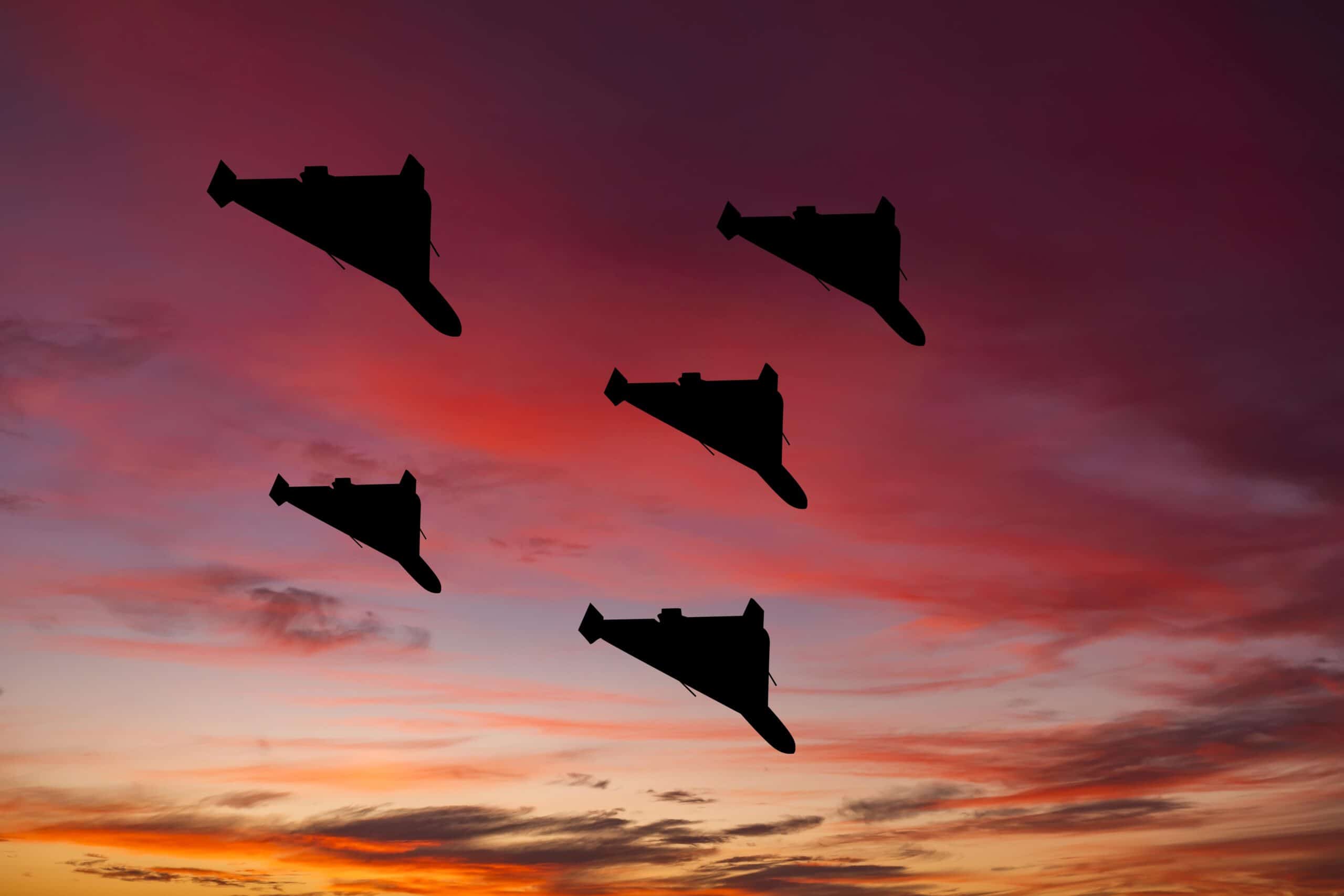
- Total fighter and interceptor aircraft: 186
- Total strike and attack aircraft: 23
- Total helicopters: 129
- Total attack helicopters: 13
- Total military aircraft: 551
- Ground Forces: 65,765 military vehicles (including 1,996 tanks, 2,630 artillery units, and 775 MLRS units)
- Active-Duty Personnel: 610,000 (out of total population of 87.6 million)
- Military strength score and world rank: 0.2269 – #14 out of 145
Iran is another country that traces its military history far back in time, to the days of the Persian Empire. The country has a rich history in that regard. However, many Western powers currently consider Iran an antagonist in the region which have led to sanctions against the country, hampering military modernization. Despite efforts by Western powers to contain Iran, the country still has a formidable military force with nuclear aspirations.
5. Turkey
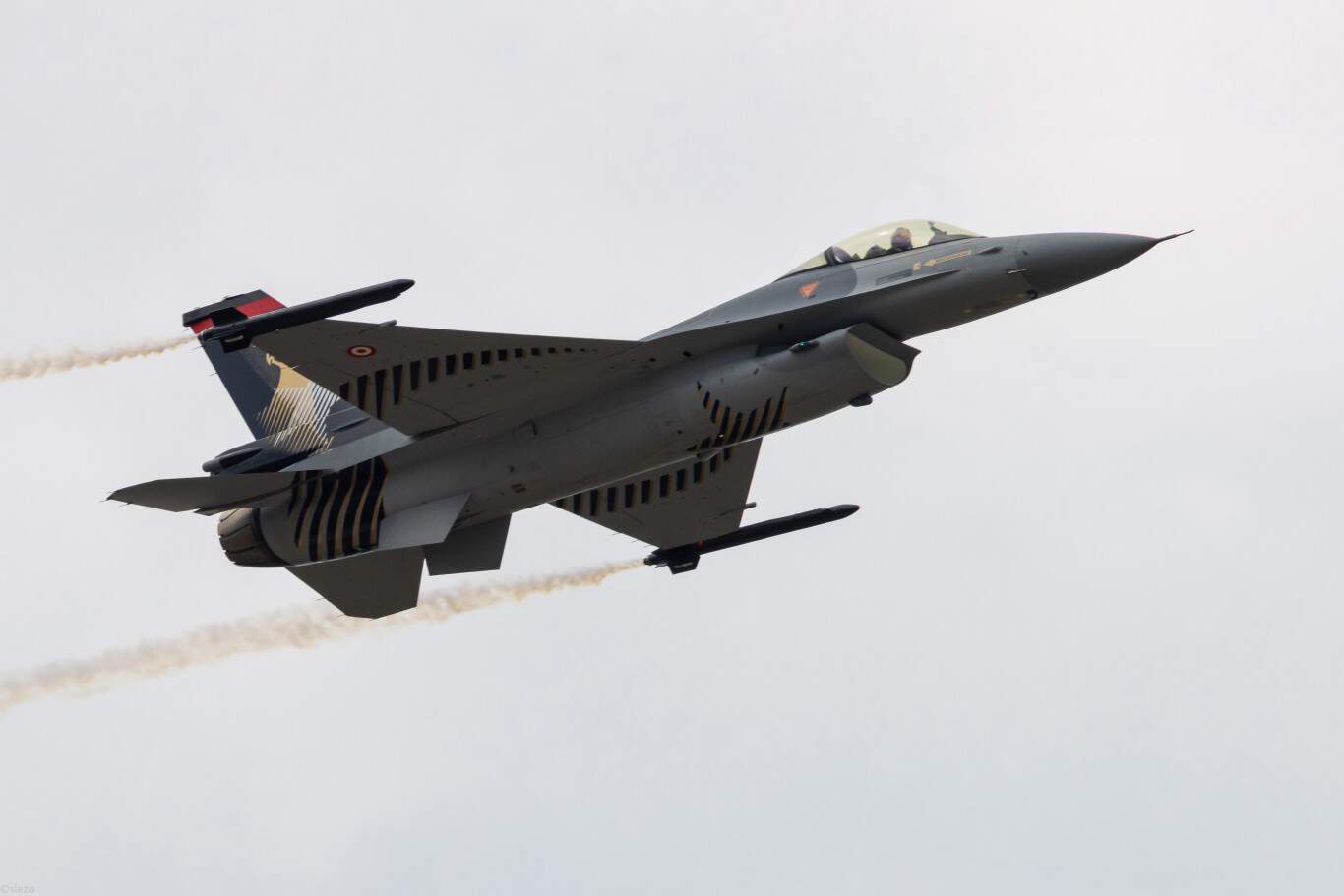
- Total fighter and interceptor aircraft: 205
- Total strike and attack aircraft: 0
- Total helicopters: 502
- Total attack helicopters: 111
- Total military aircraft: 1,069
- Ground Forces: 55,104 military vehicles (including 2,231 tanks, 2,785 artillery units, and 286 MLRS units)
- Active-Duty Personnel: 355,200 (out of total population of 83.6 million)
- Military strength score and world rank: 0.1697 – #8 out of 145
Turkey’s military history is deeply rooted in its role as the seat of power during the Ottoman Empire. Also, its strategic location, bridging Europe and Asia, is central to its military history and the composition of its forces as well. In part, Turkey largely owes its NATO membership to this fact.
The dissolution of the Ottoman Empire in the wake of World War I and the subsequent Turkish War of Independence were important events that not only established the boundaries of the new nation but also created a strong military tradition that continues to influence Turkey today.
4. Egypt
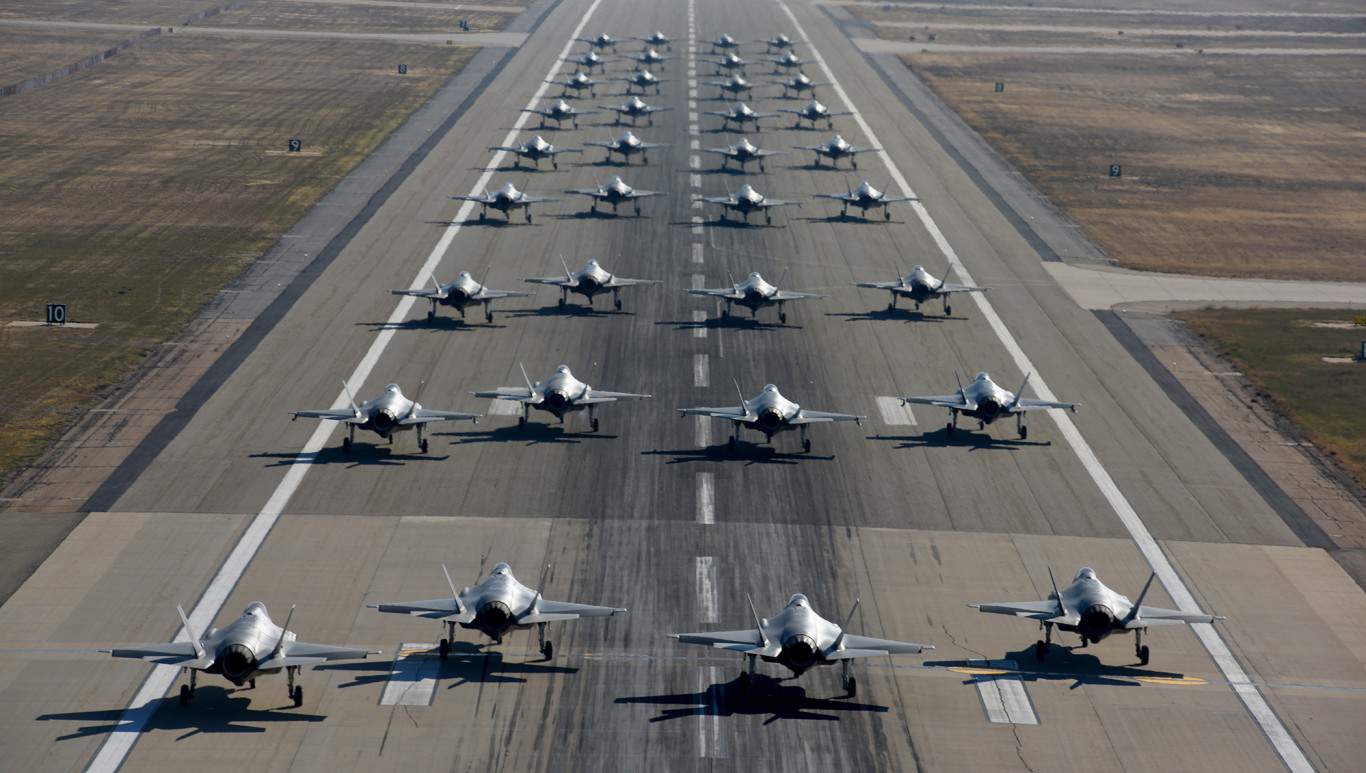
- Total fighter and interceptor aircraft: 238
- Total strike and attack aircraft: 88
- Total helicopters: 338
- Total attack helicopters: 100
- Total military aircraft: 1,080
- Ground Forces: 77,596 military vehicles (including 5,340 tanks, 3,046 artillery units, and 1,119 MLRS units)
- Active-Duty Personnel: 440,000 (out of total population of 109.5 million)
- Military strength score and world rank: 0.2283 – #15 out of 145
Straddling the Middle East and Africa, Egypt is in control of one of the most important shipping lanes in the world: the Suez Canal. This crossroads has historically helped Egypt rise to prominence as a military power. From the days of the Pharaohs millennia ago to now, Egypt has been a perennial military powerhouse.
Just over a decade ago, the Egyptian military played a significant role in the Arab Spring, particularly in the ousting of President Hosni Mubarak in 2011 and President Mohamed Morsi in 2013.
3. Israel
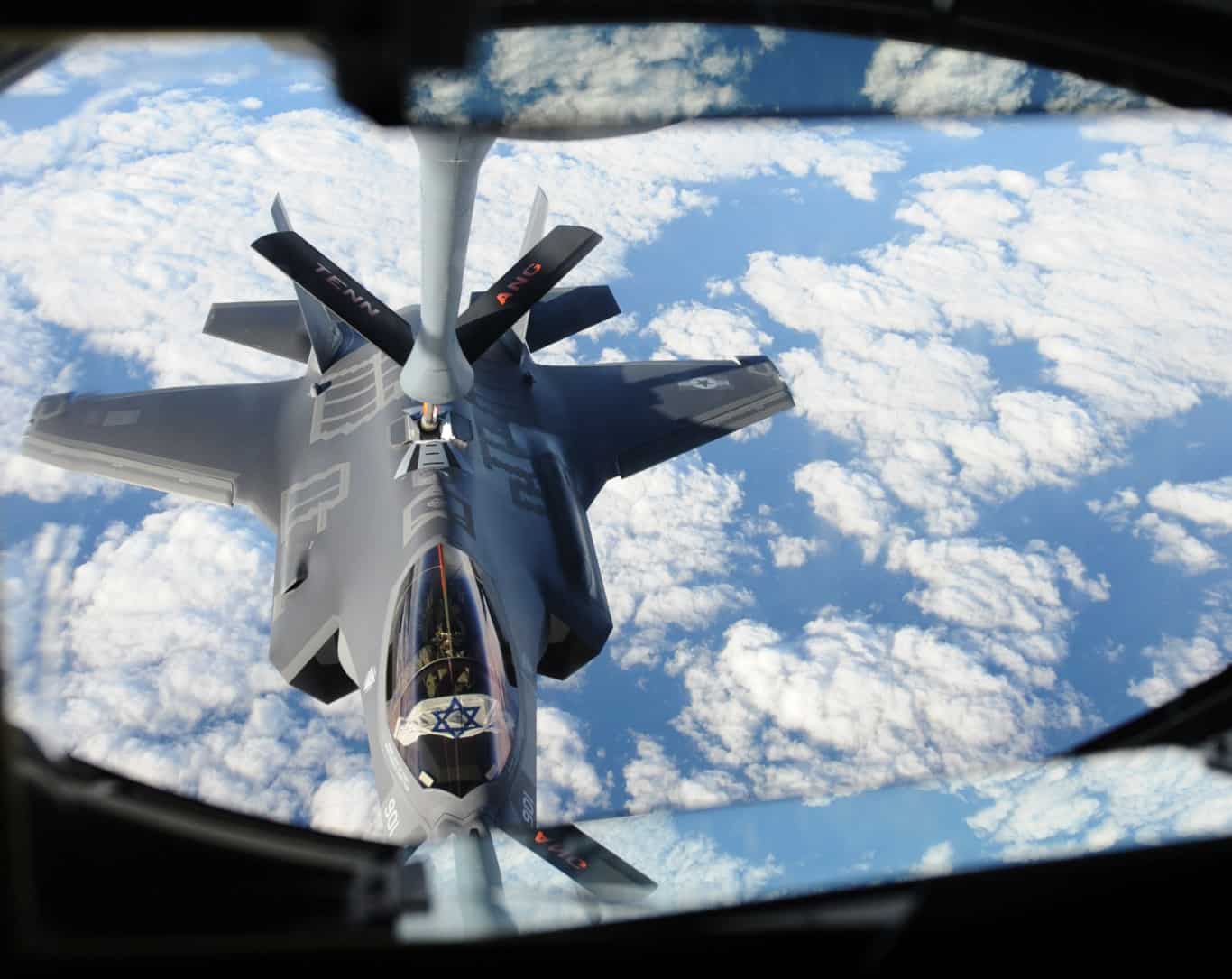
- Total fighter and interceptor aircraft: 241
- Total strike and attack aircraft: 39
- Total helicopters: 146
- Total attack helicopters: 48
- Total military aircraft: 612
- Ground Forces: 43,407 military vehicles (including 1,370 tanks, 950 artillery units, and 150 MLRS units)
- Active-Duty Personnel: 170,000 (out of total population of 9 million)
- Military strength score and world rank: 0.2596 – #17 out of 145
Israel’s military history is tied very closely with its national identity. This country has compulsory military service for its citizens (primarily Jewish). Israel was formed in 1948 and was plunged immediately into conflict with neighboring Arab states in an attempt to prevent its establishment. Over the coming decades, and even currently, Israel would be the central locale of conflict for this region.
Other notable conflicts that Israel has survived, and even in some expanded its territory, include the Suez Crisis, Six-Day War, Yom Kippur War, and other conflicts with Lebanon. Its most recent engagement with Hamas has devastated the Gaza Strip, and the international community is concerned with the ongoing situation to say the least.
2. Saudi Arabia

- Total fighter and interceptor aircraft: 283
- Total strike and attack aircraft: 81
- Total helicopters: 262
- Total attack helicopters: 34
- Total military aircraft: 914
- Ground Forces: 20,694 military vehicles (including 1,485 tanks, 3,253 artillery units, and 490 MLRS units)
- Active-Duty Personnel: 257,000 (out of total population of 36 million)
- Military strength score and world rank: 0.3235 – #23 out of 145
Saudi Arabia has a very rich military history that goes back centuries. The modern country we know was founded in 1932. This came decades after Abdulaziz Al Saud (Ibn Saud) unified the Saudi state after conquering Riyadh in 1902.
The discovery of oil in the 1930s catapulted the Kingdom to prominence on the world stage. Through this oil trade, Saudi Arabia has profited incredibly with many of its Western trading partners like the United States.
Along with the oil trade, Saudi Arabia has procured advanced weaponry and aircraft from these Western powers, making it one of the more dominant military powers in the region. Saudi Arabia would also play an important role in the Gulf War as part of the coalition that expelled Iraqi forces from Kuwait.
1. Pakistan
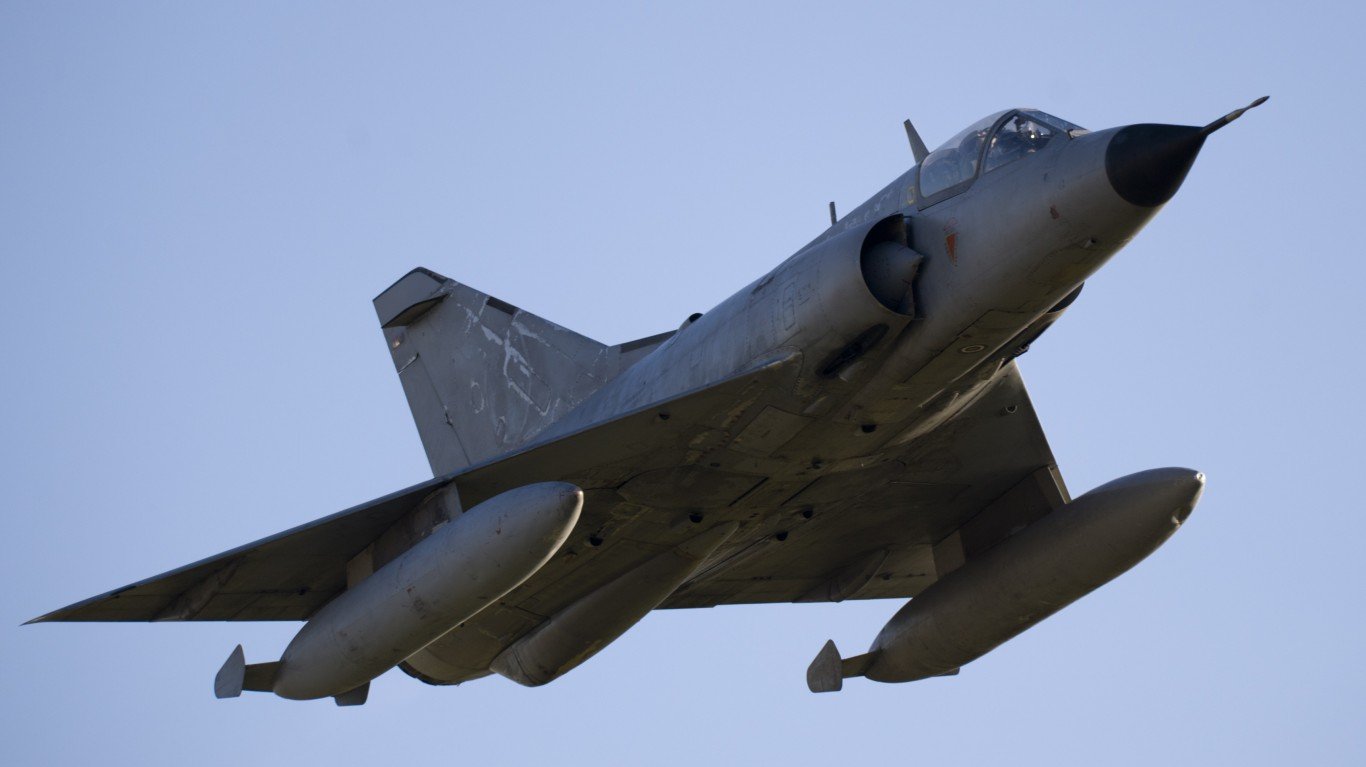
- Total fighter and interceptor aircraft: 387
- Total strike and attack aircraft: 90
- Total helicopters: 352
- Total attack helicopters: 57
- Total military aircraft: 1,434
- Ground Forces: 50,523 military vehicles (including 3,742 tanks, 3,990 artillery units, and 602 MLRS units)
- Active-Duty Personnel: 645,000 (out of total population of 247.7 million)
- Military strength score and world rank: 0.1711 – #9 out of 145
Pakistan’s military history is deeply tied with its formation in 1947, when it separated from India. This division would set the stage for India and Pakistan to slug it out in the decades to come.
The first Indo-Pakistani War was waged over Kashmir which each nation claimed as their own. There would be subsequent wars in 1965 and 1971. The conflict in 1971 was a severe loss for Pakistan and ultimately culminated in the creation of Bangladesh.
Pakistan has also participated in other regional conflicts like the Soviet-Afghan War, where it supported Afghan mujahideen groups with the aid of the U.S. and Saudi Arabia.
The Pakistani military has also played a significant role in the country’s politics, having directly ruled Pakistan during various periods through military coups. Currently, its military ranks as one of the top 10 strongest in the world.
The post These Middle Eastern Countries Have the Strongest Fighter Aircraft Fleets: Ranked appeared first on 24/7 Wall St..





